Trip report: Turkmenistan
Visited in April 2019
“You first say good morning to your father, then to your horse, and then to your wife.” – Turkmen saying
It was shortly after 8 p.m. when the Lufthansa plane landed in Baku. Fortunately, we didn’t have to change planes, because the plane took off again only half an hour later and continued flying to Ashgabat, the capital of Turkmenistan. Before we landed in Baku, I counted 205 passengers on board the fully booked flight. When we continued our flight from Baku, we were only 27 passengers, five crew members and two pilots left. It didn’t seem that Ashgabat was a big tourist magnet. So it was not surprising that the pilot wished us 27 passengers a “nice adventure” after landing in the Turkmen capital.
With a certain nervousness we went to the visa desk. Turkmenistan is one of the countries for which it is rather difficult to get a visa. Journalists are consistently denied entry and there is also a rumor that the authorities randomly reject 20% of all applicants. Although we had the necessary Letter of Invitation in our hands, in countries like Turkmenistan you can never be sure. The visa on arrival-desk procedure was very slow, but after a good half hour we finally had our visa in our passport.
Raindrops fell from the sky as we left Ashgabat’s airport shortly after midnight and entered Turkmenistan. The weather gave us a foretaste of what the next three days will bring. Artem, our tour guide, who welcomed us a few minutes before in the arrival hall, led us to his car and then drove us towards the hotel. We only saw a few cars on the roads, but they all had one thing in common: they were all white. “Is it true that your president has banned all black cars in Turkmenistan?” I’ve read about that before. Artem had another explanation for that. “Black cars are not officially banned. But we sometimes have 40-50 degrees here in summer and people prefer white cars so that it doesn’t get so hot”. Well then…
After about ten minutes we arrived at the hotel. It looked quite chic at first sight. The lobby was big and nicely furnished. Artem handed in our passports at the reception and then sat down at the table with us in the lobby in order to explain the details of the trip. A picture of Gurbanguly Berdimuhamedow was hanging behind us. Berdimuhamedov, the infamous dictator of Turkmenistan, who makes the country one of the most special destinations in the world.
Where and what is Turkmenistan?
When I told my friends and work colleagues about my trip to Turkmenistan, an estimated 90% asked back where and what Turkmenistan is. Very few of them have ever heard of this country.
Turkmenistan is a rather unknown country. The country, which is very rich in natural gas and oil, is located in Central Asia and borders Kazakhstan in the north, Uzbekistan in the northeast, Afghanistan in the southeast and Iran in the south. To the west, Turkmenistan borders the Caspian Sea. Besides, this former Soviet Union country is one of the least visited countries in the world. Officially, only 15,000 tourists come every year. Later on this trip we hear someone saying that the correct numbers are even lower and there wouldn’t be more than 6,000 tourists.
Why does Turkmenistan attract so few tourists? There are several reasons for this. First, as I have already mentioned, many don’t even know about the existence of the country. Secondly, the trip to Turkmenistan is a challenge, as only 9 other countries offer flights to Ashgabat. Third, the country is not famous for a huge number of attractions and sights. And fourth, Turkmenistan is only one of three countries in the world that cannot be visited independently. You have to travel with an official Turkmen travel agent and cannot move freely around the country. The other two countries where this is the same are North Korea and Bhutan. Although this rule has been loosened slightly in recent years, it is rather difficult and involves a great deal of effort if you want to go without a tour guide.
But there is another, perhaps most important reason for the lack of tourists. Turkmenistan is one of the most closed countries in the world with one of the strictest governments.
The Government of Turkmenistan
Turkmenistan is a dictatorship that reminds of North Korea. Perhaps, this is a little exaggerated, but the president’s leadership style makes many people call Turkmenistan a “North Korea light”. So, here’s a little introduction to probably the weirdest government on the planet.
In 1991 Turkmenistan became independent and from that time Saparmurat Nijasow ruled the country with an iron grip. Nijasow’s nickname was Turkmenbashi, which means “father of all Turkmen” and he declared himself president for lifetime in 1999. The late Turkmenbashi did not pay much attention to human rights or freedom of press. After he took power, he installed a regime of fear that mercilessly persecutes critics, arrests them and makes them disappear. That is why there is hardly any criticism of the president, and of course there is no opposition. When it comes to freedom of the press, Turkmenistan is ranked second last worldwide. Only North Korea is worse in this respect.
Cynically, one could claim that these conditions do not make the leadership unique at all. After all, there are other countries that have similar dictators. However, the country is made unique by the fact that the personality cult around the president takes on grotesque, even ridiculous features. Want a few examples? Here we go:
Turkmenbashi has had some things named after him. Among other things, a city, a mosque, a month, a meteor, an airport, a vodka and a melon sort were named after him. Another month was by the way named after his mother. Even bread was suddenly renamed after his mother. Furthermore, Turkmenbashi had a 75 meter high golden statue of himself built, which was fixed on a rotating construction, so that his face always looks towards the sun. In 2011, the statue was removed by his successor.
Cinemas, operas, ballet and circus were forbidden in 2005 because they have “nothing to do with Turkmen tradition”. But that is not the only thing that the president removed from the everyday life of his people. He has given up smoking after a heart operation, since then he banned smoking everywhere in public. Gold teeth are also forbidden and men are not allowed to have a beard or long hair. When Turkmenbashi once saw a female newsreader with heavy make-up on television, he prohibited make-up for newsreaders. “Turkmen women are beautiful enough by nature and don’t need make-up,” he said.
Finally, Turkmenbashi has written a book in which he gives his countrymen all sorts of silly tips and he also tells his personal version of Turkmenistan’s history. The book is compulsory reading. If you want to get a driver’s license or a university degree, you have to be able to quote from it. In order for everyone to read the book, Turkmenbashi temporarily banned all other books from libraries.
Turkmenbashi died in 2006. As is customary in dictatorships, however, such a thing does not mean liberation of the people, but the cult of personality is simply transferred to a new state leader. In Turkmenistan this was Gurbanguly Berdimuhamedow. He was Turkmenbashi’s – wait for it – dentist. Since taking office 13 years ago, Berdimuhamedow has been “re-elected” twice. He won the first “re-election” with 97.1%, the second even with 97.7%.
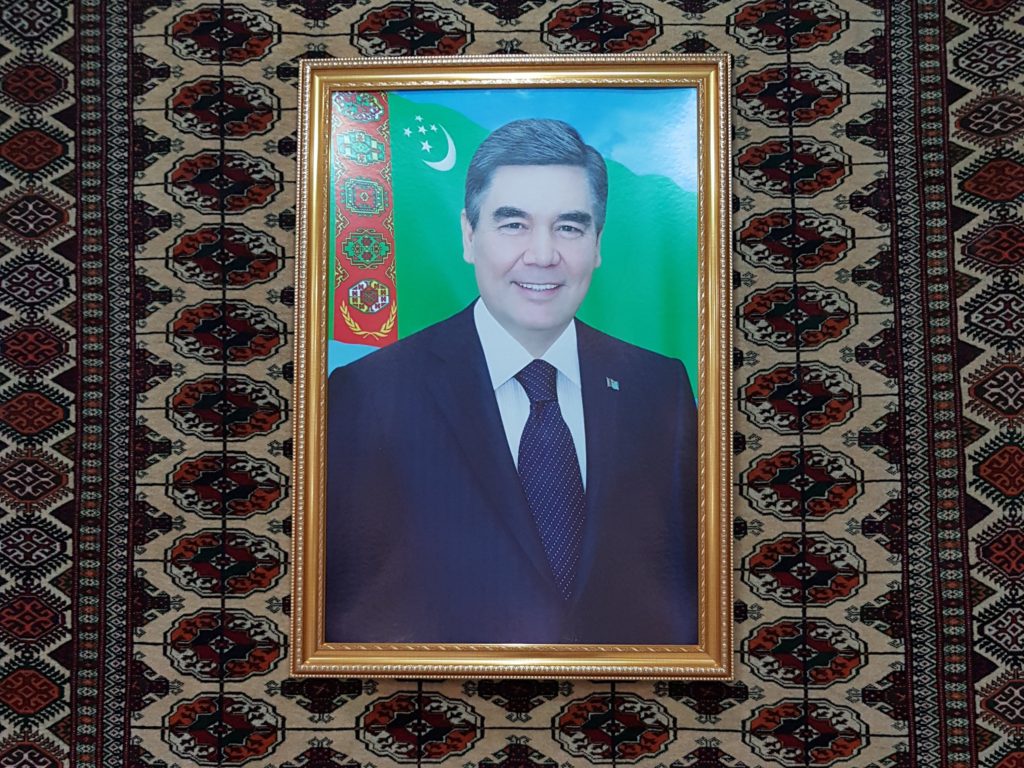
Strangely enough, Nijasow and Berdimuhamedow look amazingly similar, so that it is assumed that Berdimuhamedow is Nijasow’s unmarried son. He continues to rule the country with an iron grip in the tradition of his “father”. He also loves to pose in front of his people. This sometimes leads to extremely bizarre television shots, which occasionally make it into the international media.
For the German speaking readers I recommend this video, where you don’t know if you should laugh or shake your head:
Turkmenistan also became a bit famous with the (partly interesting and partly embarrassing) Netflix series Dark Tourist, in which the protagonist travels to Ashgabat and reports about the president before he drives to the main attraction of the country: the door to hell, a burning gas crater in the desert.
What will it be like to travel in such a country? A visit to Turkmenistan has been on the bucket list for me for quite some time. After having traveled to so many mainstream destinations, traveling to such special countries is becoming more and more appealing to me. And I can already tell you one thing: I didn’t get disappointed.
A surreal first night in Turkmenistan
The introduction of Artem about the trip ended after a few minutes. It was already 1 o’clock and Matt and I heard loud music not far from us. “This is the bar of the hotel. It’s open until 2 or 3 a.m.,” said Artem. We had to get up again at 8 a.m., but it was a long day of travel. About 15 hours passed from the time I had left my apartment at home and arrived at the hotel in Ashgabat. That’s why we didn’t want to go to bed right away and end the evening with a beer.
“Be careful when you go to the bar. Sometimes policemen are there,” Artem advised us. “Okay. And what’s the problem when there are cops?” I asked. Artem hesitated: “I don’t know… sometimes they make controls… be careful about the smoking ban. Here in Ashgabat you can’t smoke anywhere in public…” Artem’s message was clear though: don’t fuck around here, otherwise you’ll regret it!
Our room was on the sixth floor of the hotel and offered a beautiful view over Ashgabat. In the Dark Tourist series it is said that the hotel rooms are bugged. However, we didn’t bother to search the room for monitoring devices. We didn’t have the time, as we wanted to go to the bar, so we didn’t even change anymore and went straight down again.
My idea of the bar was a shabby little room with 20 men, either bored or looking grimly around. All the more astonished I was when we entered this bar in Turkmenistan. It was rather a nightclub with people dancing. The feeling in this nightclub was totally surreal. We were in one of the strictest countries in the world and saw people drinking, smoking and dancing.
The atmosphere in the club was weird. There was terrible Russian music, which seemed to go down very well with the locals. It got even weirder. It was obvious that we were not locals, our clothes were too different and my hair too long. “Hi, I’m Oxana,” said a young woman to me. “What hotel are you in?” she added. “In this one. – “oh, good choice. Do you want a massage or sex?”
This scene seemed so surreal to me that I laughed out loud. I think the last thing I expected in Turkmenistan was to be approached by a prostitute. One look at the bar was enough to see that she wasn’t the only hooker though. Later we were told that this bar was notorious for whores. Allegedly there are karaoke nights every few days when you can go karaoke singing with a woman in a private room. It goes without saying that not the microphone but something else goes to the mouth.
I would have liked to have taken one or two pictures in this club. But after the doorman pulled a woman, who did exactly that, relatively rudely from the dance floor, I preferred not to do it. We left the bar after half an hour to get at least five to six hours of sleep.
Ashgabat – the Guinness Book capital
We met our driver and guide Serdar at 9.30 a.m. in the lobby. He was a giant. The guy was about 1.95m tall, about 120kg heavy and had paws like a grizzly. His skull was shaved, he wore boots that had to be at least shoe size 50, camouflage trousers and a leather jacket with fur that you couldn’t be sure if he bought it or made it out of the bear he killed the day before with his own hands. Artem also came quickly and gave us back our passports, which we had to leave with him for registration.
On the program was now a tour through Ashgabat, before we would drive into the desert after lunch. It was only a few minutes until we drove through a road that is hard for me to put into words, but I will try anyway. Perhaps, I must first say that I immediately pulled out my phone to take a picture. “You can’t take a picture here. This is the presidential palace,” said Serdar. The street was pretty much the most pompous I’ve ever seen in my life. On the right was the huge presidential palace with a golden dome and on the left another magnificent building. In the roundabout at the end of the street stood a beautiful golden column. I would like to give you more details, but driving through the passage took only about ten seconds.
But that was not the only pompous thing in Ashgabat. The capital of Turkmenistan is in the Guinness Book of Records as the city with the highest density of white marble buildings in the world. And we saw one after the other of these buildings. Ashgabat is a city that immediately blew me away. I have never seen anything like that. Even the bus stations, which apparently cost 50,000 dollars each, are as magnificent as nowhere else in the world. Besides, the city is clean as a whistle, I haven’t seen any garbage lying around. Not even a branch or a blade of grass.
We also saw a lot of stadiums in Ashgabat. And I’m talking here about architectural masterpieces that can accommodate 50,000 people. As we drove past one of the many stadiums, Serdar explained that wrestling was the most popular sport in Turkmenistan. Other beautiful buildings are ministries or universities. Education seems to be important to the government and according to Serdar the universities are free.
I still find it hard to describe how spectacular Ashgabat is. All the sadder it was that the weather was really bad. A thick blanket of fog lay over the capital, so that one could not see many monuments properly. Besides, it rained every now and then. I can’t remember that the weather conditions have ever frustrated me as much as on this day. When would I ever go back to Ashgabat? Now I was one day there and the weather ruins everything.
Anyway, I noticed another interesting thing: there were almost no people on the streets. Ashgabat looked like a gigantic ghost town, which was actually built for much more inhabitants. Even before this trip I read that in Ashgabat you hardly see people on the streets. But Serdar had his own explanation: “That’s only because of the bad weather.” I also noticed the many cameras that were installed everywhere. The combination of hardly any people on the streets and the many cameras gives you the feeling that every step you take is closely watched. And it’s probably not just a feeling but a fact.
Not only the cameras were watching us. Serdar stopped in the next 1-2 hours in front of several statues, monuments and buildings, so that we could get out and take pictures. In front of some buildings soldiers stood tight, comparable to the Queen’s Guard in London. Although they stood there motionless and always straightened their faces, I noticed they were watching us suspiciously while we were walking around.
The largest indoor Ferris Wheel in the world in Ashgabat is another Guinness book of records entry. Although I wondered why you have to build an indoor Ferris Wheel, we wanted to go for a ride. The ride cost 3 manat, so about 10 cents. We were the only passengers and drove a round in about five minutes. There was not much more to admire other than the construction of the Ferris wheel. You could occasionally have a look at the outside world between the construction, but the fogged windows and the many poles plus the outside wall prevented a magnificent view that you have with normal Ferris Wheels.
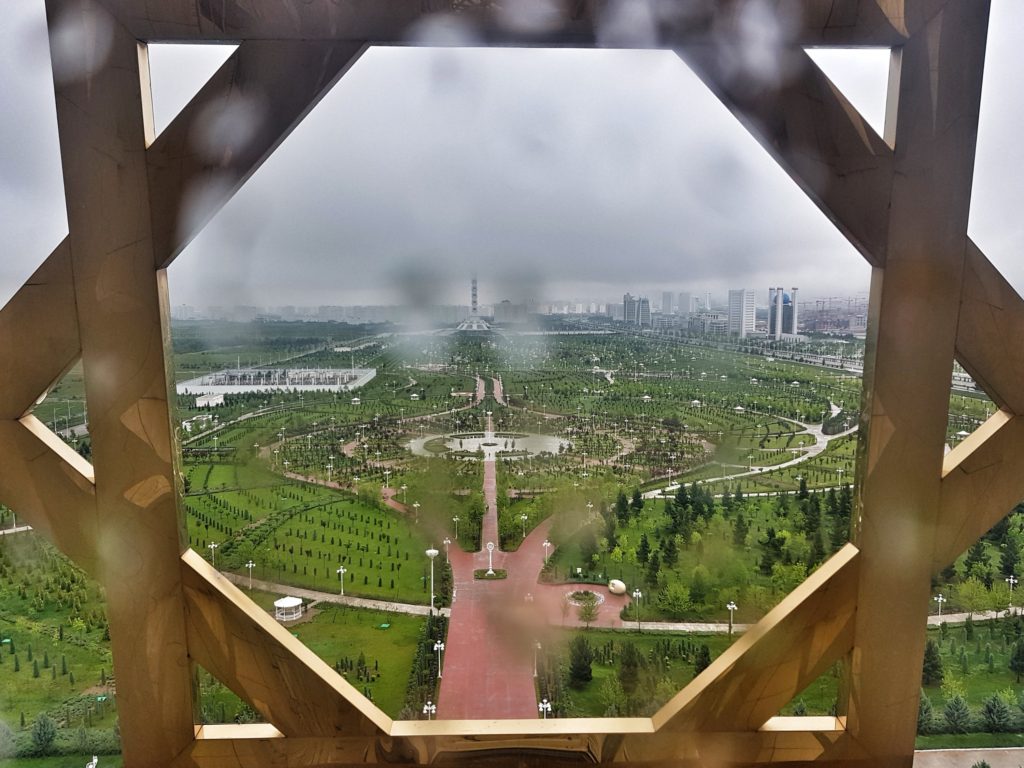
Ashgabat also holds other world records, such as the largest symbol of a horse with a horse’s head decorating a stadium, or a song performed by 4,000 people simultaneously. President Gurbanguly Berdimuhamedow seems to be anxious to break as many world records as possible.
Cheap Turkmenistan and the Turkmenbashi Mosque
We had lunch in a traditional Turkmen yurt. Serdar instructed the waiter and said he would be back in an hour and a half. The waiter, who according to his name tag had the same first name as the president, gave us an iPad to choose our food. That didn’t seem to fit in well with this traditional restaurant, where you sit on the floor and carpets hang on the walls, but at least the pictures on the screen made it easier for us to choose.
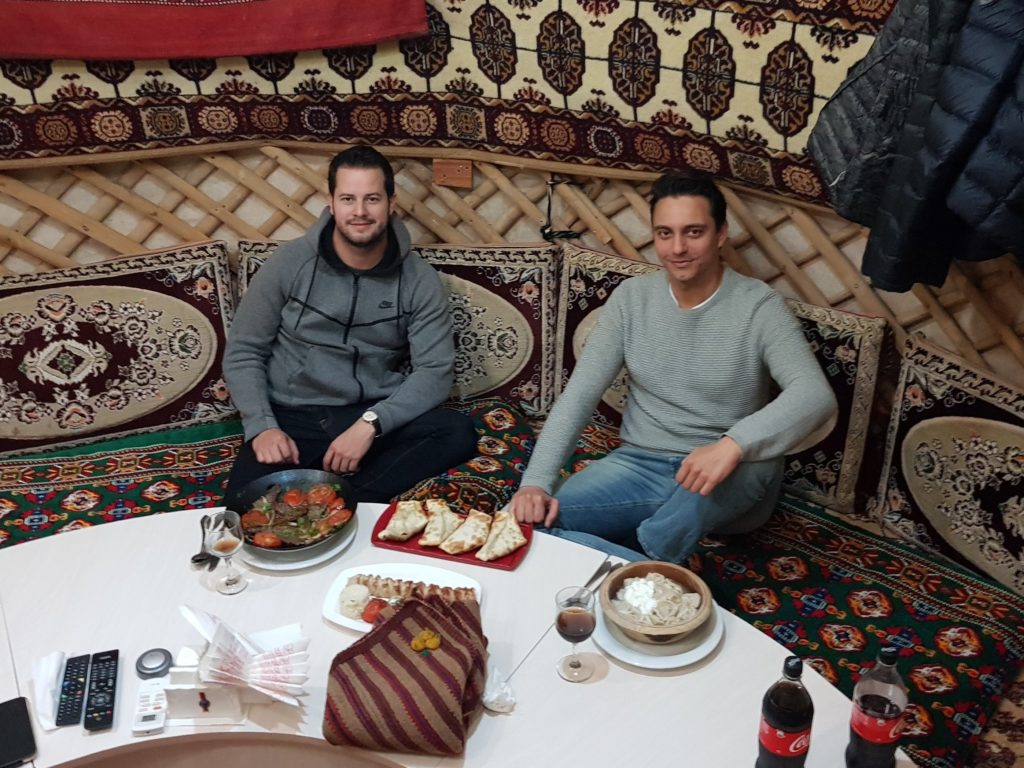
Turkmenistan is an incredibly cheap country. Among the 85 countries in which I was already, it would probably take a top 3 place of the cheapest countries. In this restaurant we ordered three main courses, three starters, two coke zero (the waiter pressed us a 1l bottle into our hands), a dessert and two coffees. All together it cost 205 manat. So 13.60 dollars for two people, or 6.80 dollars per person. The food was also great. In summary one could describe the Turkmen cuisine as Caucasus meets Iran. That means dumplings, lots of meat, kebab skewers and so on.
Our next attraction was a little outside Ashgabat. It was a gigantic mosque. Of course it was completely made of white marble and with a huge golden dome. According to Serdar it is the largest mosque in Central Asia.
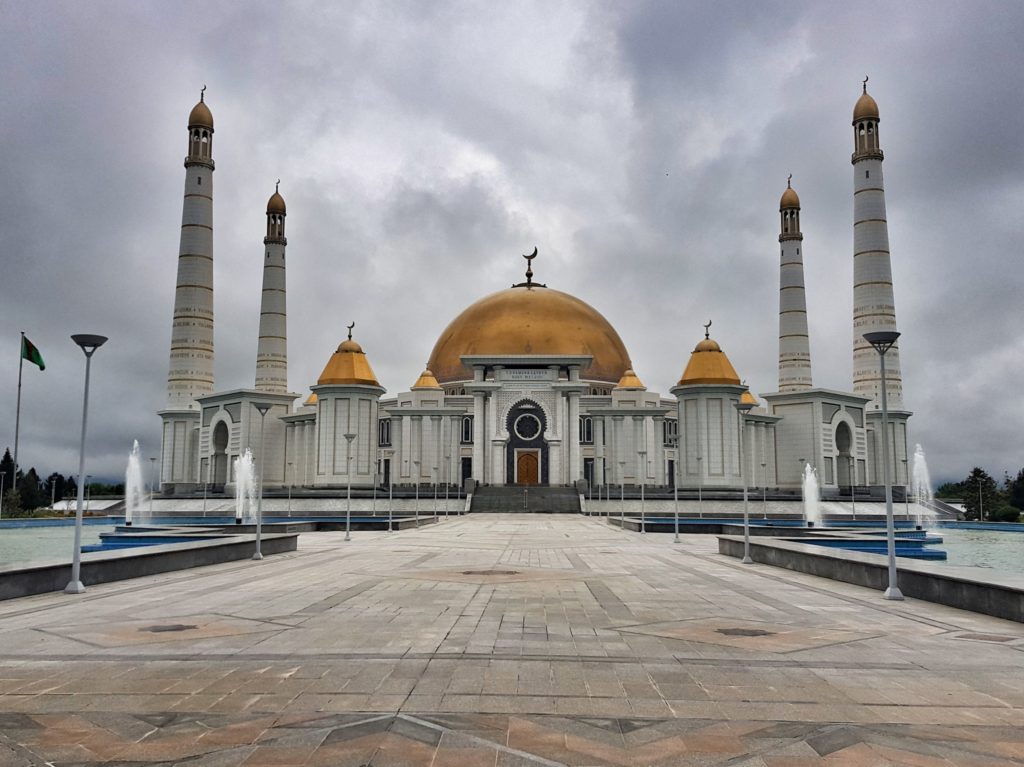
We turned a round around the mosque before we went inside where it looked as impressive as outside. And we were the only people in it. We agreed that something like this was much more spectacular than strolling with hundreds of other people through the otherwise known mosques of the world.
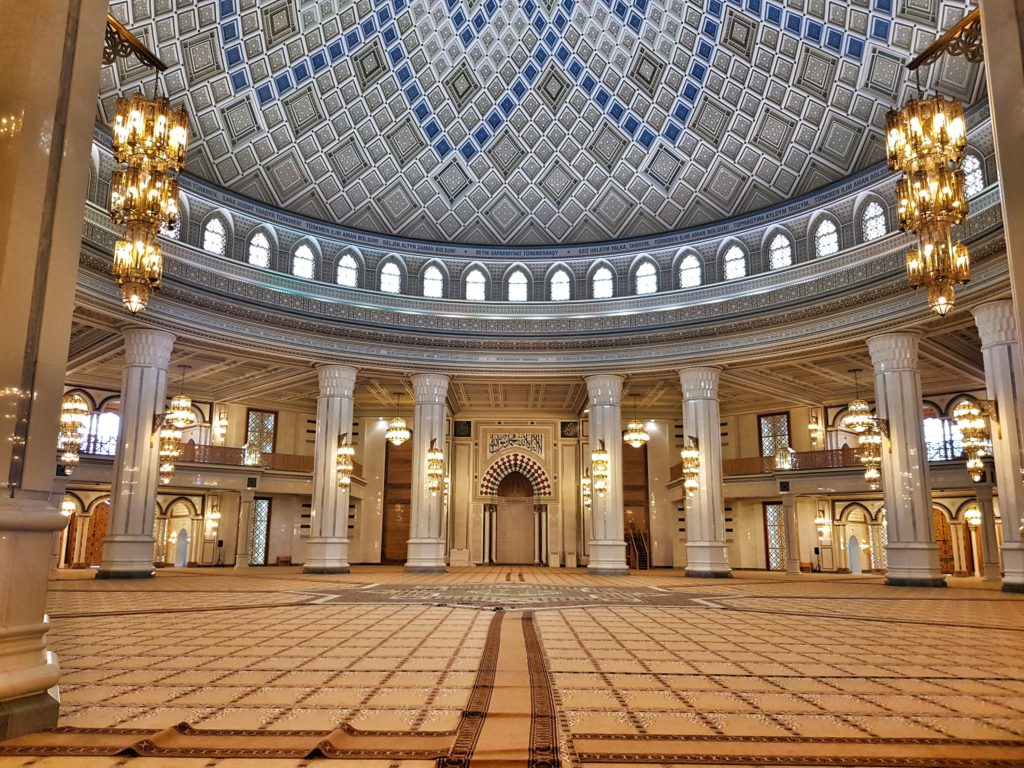
You can guess the mosque’s name three times. Turkmenbashi Mosque of course. “At first, Turkmenbashi didn’t want it, but in the end he decided to do it because it was his idea and he paid for the mosque. And people wanted it that way, too,” said Serdar. Right next to the mosque was the pompous mausoleum of Turkmenbashi. He had this mausoleum built during his lifetime and buried his two brothers, his mother and his father in it. The two brothers and his mother died in the earthquake in Ashgabat in 1948. This earthquake destroyed almost the whole city and killed about two third of the population.
Two years after the mausoleum was completed, Turkmenbashi died of heart failure at the age of 60. “That he built the mausoleum and thus his tomb while he was still alive was probably not so clever,” said Serdar. To say such a critical thing is probably already the grey zone. But nobody was present except us. I wanted to see if I could lure Serdar out of the reserve and said: “the president must have been very popular because people wanted the mosque to be named after him.” Serdar hesitated for a few seconds. “Yes, he was quite popular because he made the country independent and protected the gas from the Russians.”
“And who succeeded him? Was it his son?” I deliberately asked a little stupidly, of course with a hint at the rumor that the new president was the illegitimate son of Turkmenbashi. “We live here in Turkmenistan in a democracy! Here the son cannot simply inherit the president. We are not a kingdom or something,” Serdar said, slightly angry. At that moment I had to concentrate that I didn’t laugh out loud. Of course I couldn’t ask Serdar: “Come on, between us, your president’s quite a dickhead, isn’t he?” Although most Turkmen would probably agree, such a question could cause them enormous problems. And the honest answer, if heard by the wrong person, would almost certainly result in imprisonment.
Welcome to Hell
Like most tourists who travel to Turkmenistan, we came mainly because of one sight: the door to hell.
In 1971 geologists accidentally found an underground cave filled with natural gas in the Karakum Desert. The bottom of the drilling platform collapsed, creating a gigantic crater with a diameter of 70 meters and a depth of 30 meters. In order to free the population from the released toxic methane gas, they burnt it. The geologist expected that the fire would go out after a few days. That did not happen. The fire burns continuously since 1971. That’s 48 years now.
The door to hell is 260km away from Ashgabat, which is about a four hour drive. We drove these four hours through very monotonous looking landscapes. Turkmenistan is a desert country, but I have to admit that I have never seen such a kind of desert before. The desert had bushes, shrubs and grass, which gave it a green color.
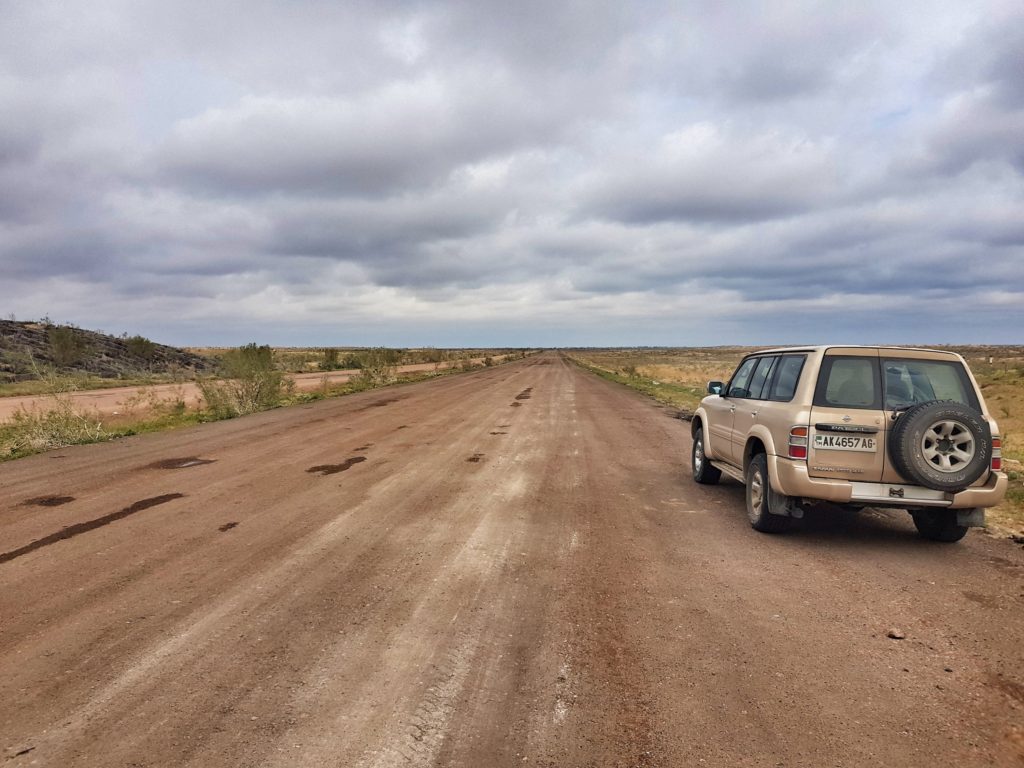
Shortly before sunset we arrived at the crater. The door to hell is a huge hole in the middle of nowhere, except us there were maybe 20 other people present. Among others the Lufthansa crew, with whom we flew to Turkmenistan. The door to hell is a unique spectacle in this world. The only thing comparable is to see a volcano with flowing lava from above, which I could experience in Ethiopia.
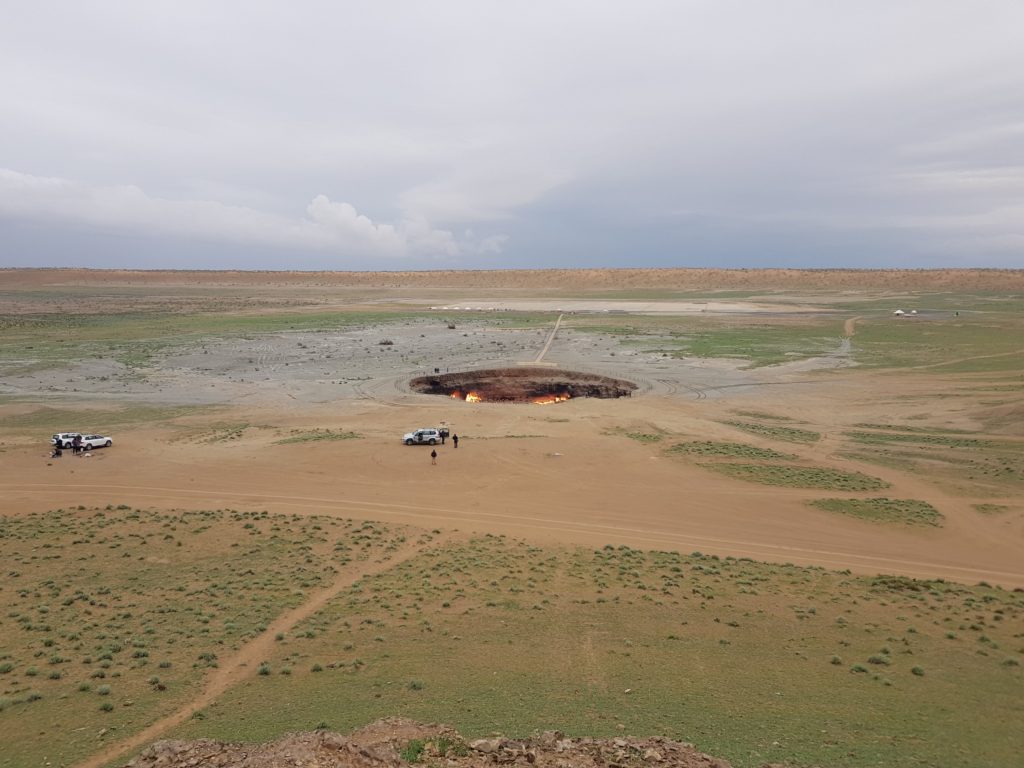
A few months ago authorities built a metal fence around the door to hell. In a travel blog I read that a local fell into the crater, resulting in this metal fence. Of course, no one in attendance cares about this fence and everyone climbs over it. But when you walk around the crater, you realize that you could stumble in here without any problems. Our ground was so muddy that you had to be all the more careful. Besides, the edges of the crater don’t look so stable that you can walk up to 10cm to the crater without any risk.
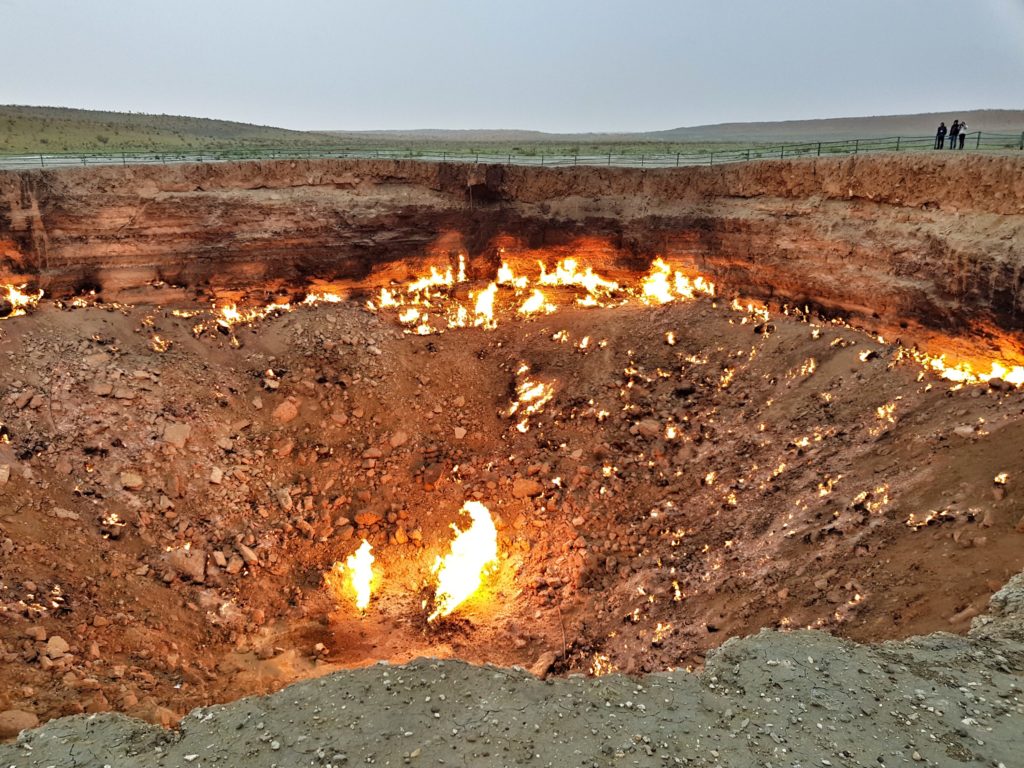
“Has anyone ever fallen into the crater?” I asked Serdar. “Of course not! Otherwise you wouldn’t be here now.” He answered the question as if I was the stupidest person in the world. Serdar wasn’t really a cheerful person. We saw him laugh exactly once during the two days he was with us. And that was more of a played laugh, because he obviously didn’t understand something I tried to explain. Nevertheless, Serdar did an excellent job all along the trip and I could recommend him to anyone.
It didn’t last long and the rain came back. Besides, it was damn cold. We went to our yurt where Serdar served us the food: grilled chicken and lamb as well as grilled vegetables. While we ate the food, the sun went down and it became pitch dark in the Karakum desert. The only light source outside was the crater.
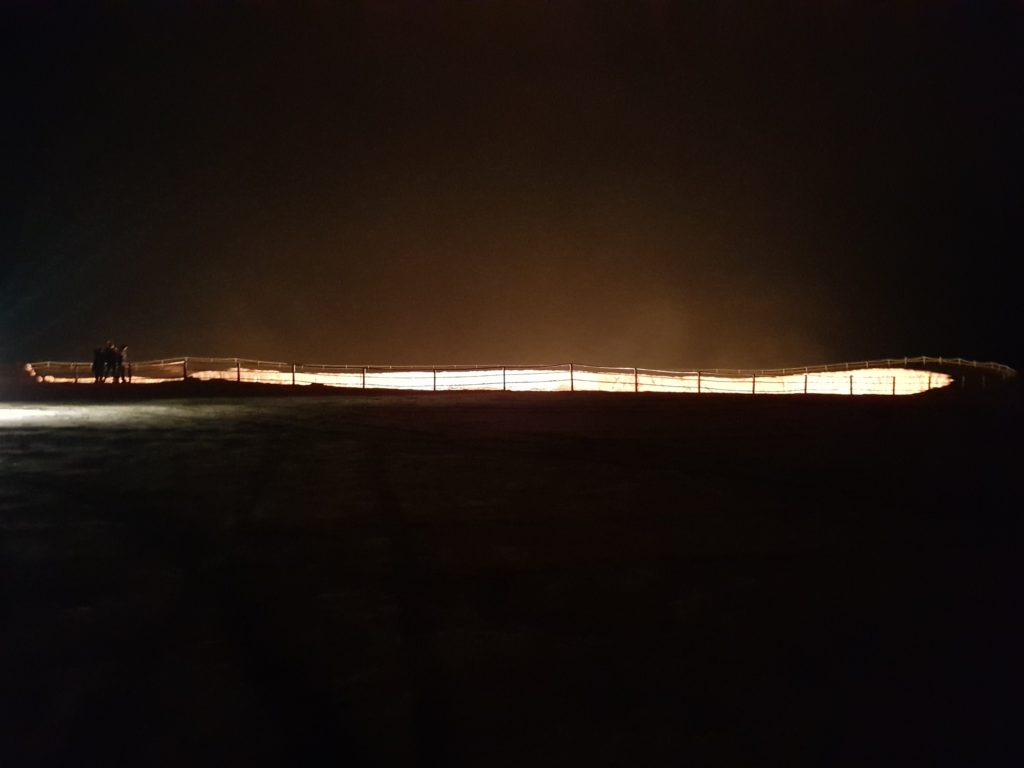
After dinner we went to the crater again, which looked even more spectacular in the darkness. Except us there were exactly four other people there. A Belgian man and a Dutch woman were two of them. The two traveled Turkmenistan on their own, meaning without a guide, which can be done with a five-day transit visa. It didn’t sound easy though.
They explained that due to the language barrier they needed 45 minutes to buy a bus ticket from the nearest village by the crater to their next destination within Turkmenistan. At the end they were told that the bus stops at the village between between 10 a.m. and 11 a.m. However, they didn’t know where in the village and how reliable that time was. In addition, they had to walk over two hours from the crater to this village. I would not have wanted to change places with them.
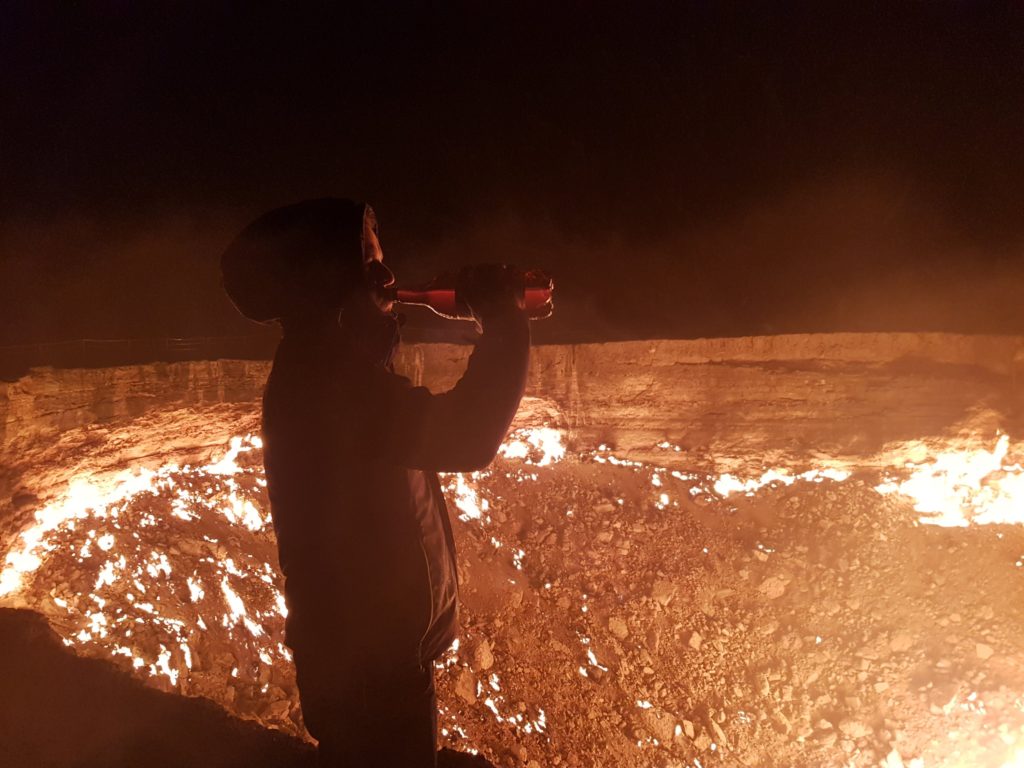
We spent over an hour at the crater, so spectacular was this sight. Besides, the crater was warm, because meanwhile we only had 6°C. The weather was really a disaster and we had enormous bad luck. One week before the day temperatures were close to 30 degrees and even at night the minimum temperature was only 15 degrees.
The rain made the thing not better. On the contrary. Because also here memories of Ethiopia came up to me. There I had the worst night in my life, when we stayed in tents in the Simien Mountains, which were not waterproof. Also there we had only about 5°C and after a certain time we lay completely soaked in a puddle.
Fortunately, we now had a yurt and no tent. When we came back from the crater, Serdar was already snoring in it. It was quite cold by now, but we could choose from several sleeping bags and blankets. Partly I pulled my scarf over my face, because the face became so cold. But against all fears the night was good and I slept full eight hours.
The Silk Road
After we finished breakfast, we drove from the door to hell north to Kunya-Urgench. It was a four-hour drive on really bad roads and the journey seemed not to end. Also this time the landscape didn’t really offer much, so we tried to get rid of the boredom with a little sleep. Unfortunately, the roads were full of potholes that it didn’t really work. Matt was shocked about these terrible roads, my horror was limited though. After all, the roads weren’t half as bad as the ones on the horrible ride I had taken two months before.
Around noon we arrived in Kunya-Urgench. Kunya-Urgench has been a UNESCO World Heritage Site since 2005. The city was part of the Silk Road, the formerly most important trade route of the world, which led from China to Europe. Genghis Khan and his Mongols razed the city to the ground in the 13th century by destroying a dam, flooding the city and destroying almost every building. They rebuilt the city, but a good 100 years later another army destroyed it again, from which the city never fully recovered.
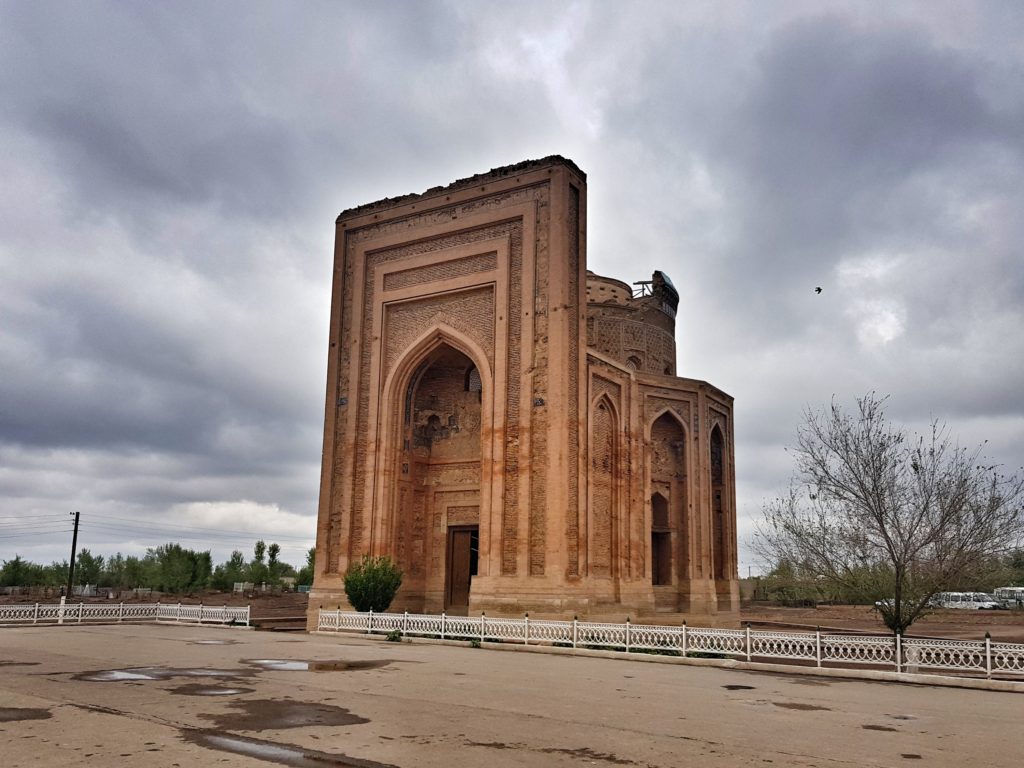
Today there are still some buildings as sights, e.g. the largest minaret of Central Asia and some mausoleums. We had 30 minutes to visit the five to six buildings before continuing. Kunya-Urgench also seems to be a popular destination for Turkmen. We saw many praying people, women in traditional clothes… somehow this place seemed as if time stopped there one or two centuries ago.
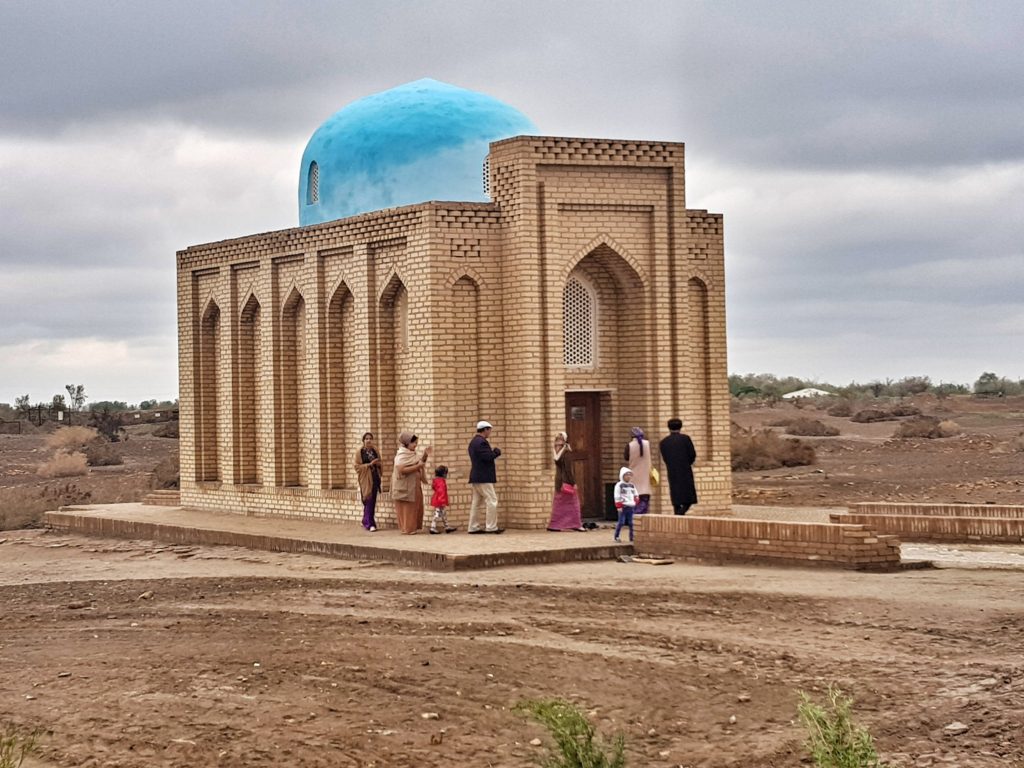
Nevertheless, I have to admit that it was the least rewarding part of the trip in Turkmenistan. Although I was looking forward to seeing something else in Turkmenistan besides Ashgabat and the door to hell, I am probably too little familiar with the Silk Road history to really appreciate these ruins.
Furthermore I should have asked myself a little bit in advance what there is to experience in Kunya-Urgench. I expected a complete city instead of a few buildings. And if you consider that we needed a four hour drive on bad roads plus a domestic flight back to Ashgabat, it wasn’t worth the effort. However, I don’t regret the trip to Kunya-Urgench. The strong contrast to the pompous capital of the country was nevertheless interesting.
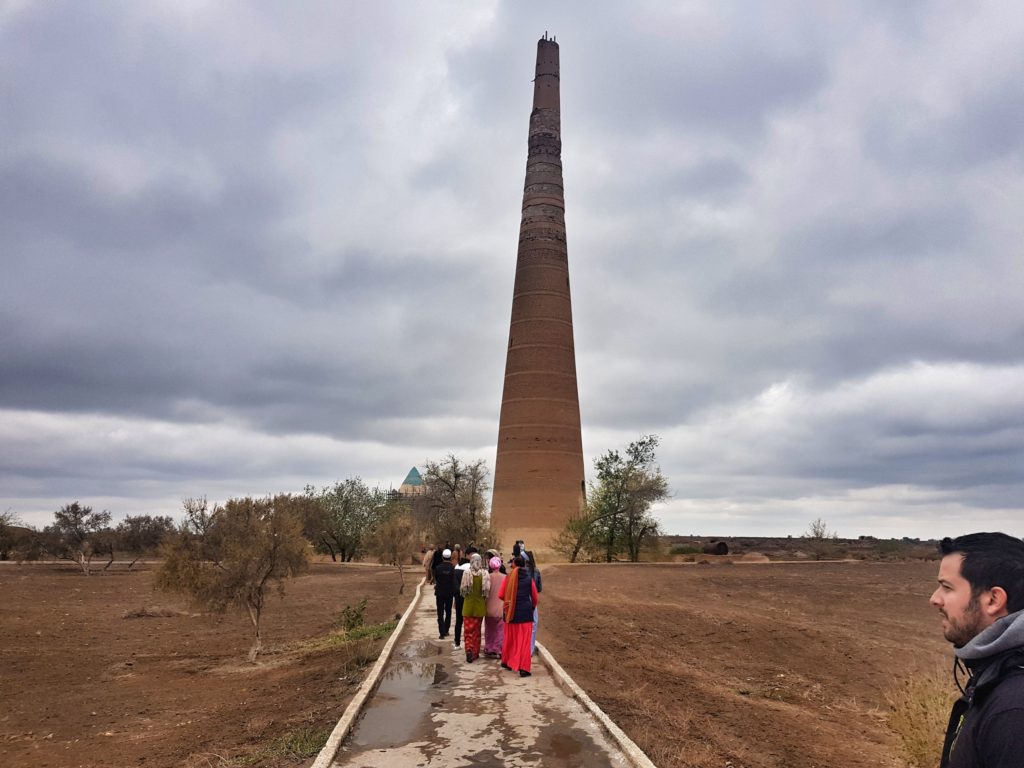
Shortly afterwards we drove to the airport in Daşoguz, a super ugly city full of Soviet panel buildings. The airport was also one of the worst I’ve ever seen. In the plane of Turkmenistan Airlines we had the pleasure to sit five people in a row of three, because the nice woman next to us had two children on her lap. In front at the airplane hung of course a picture of Gurbanguly Berdimuhamedow.
Ashvegas
When we returned to Ashgabat, our tour provider offered a night drive through the capital. This time we had a driver we hadn’t seen before. He had scars on his neck and looked more like a killer than a tourist guide. He didn’t speak a word of English. First he drove us back to our hotel, where Artem was already waiting for us. We briefly discussed the night program and agreed on the time for the airport transfer. “Better go in time. Sometimes the president is out in the evening, then several roads are closed for three hours.”
The night drive through Ashgabat was the last spectacle on this tour. Ashgabat is a city that is completely covered in neon light at night. Another feature that just seems bizarre. On the internet one often reads that Ashgabat is a mixture of Pyongyang and Las Vegas or that the city is nicknamed Ashvegas. The CD player played “Louie, Louie, Louie” by Modern Talking while we were driving through the neon-lighted streets of Ashgabat, and once again our trip seemed completely surreal.
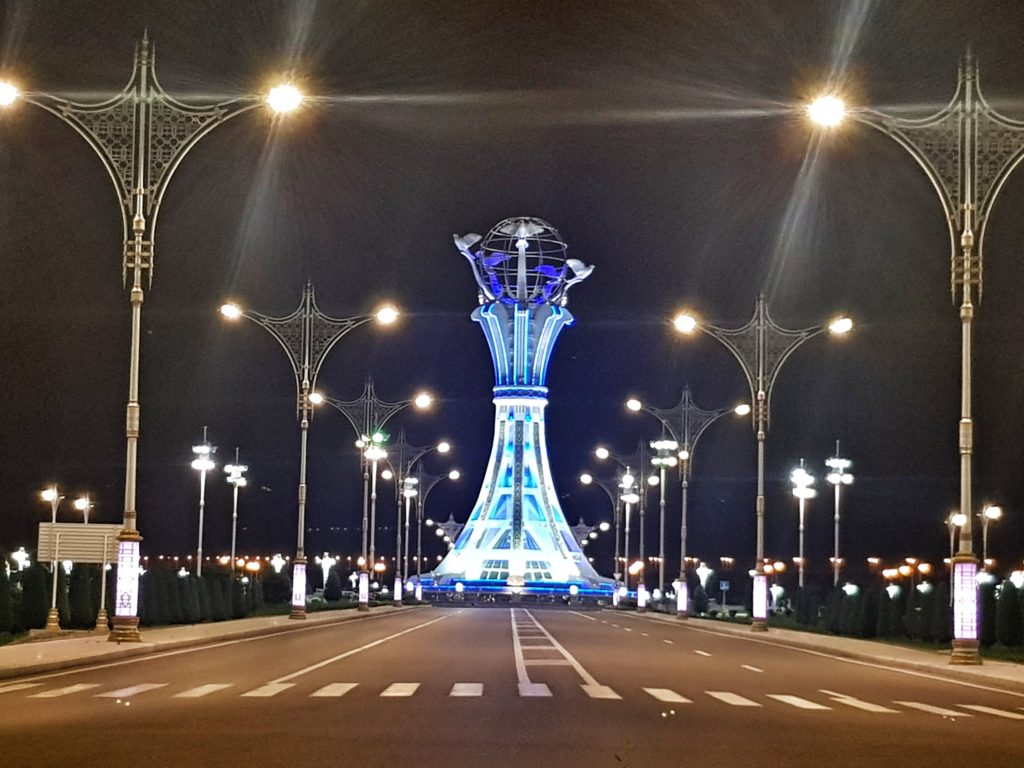
When we were back at the hotel, I saw another travel group in the garden of the hotel. The many bottles of beer and vodka on the tables and the relatively young average age of the group left no doubt as to which provider it was: Young Pioneer Tours. This tour operator is famous for tours to rather unusual countries. For example, I had a private tour to Afghanistan with YPT. The group tours of YPT are notorious, however, for the fact that a not insignificant focus is put on the consumption of alcohol.
Funnily enough, I have written e-mails several times with the two who run Young Pioneer Tours for Central Asia. The first time because of my trip to Afghanistan and the second time because of the trip to Turkmenistan, which I eventually did with the tour operator Travel Notoria. So I asked the group if it was really YPT and if Ben and Eileen, the two I had written with, were present. They both were. It’s incredible. Already on Easter weekend 2018 my way coincidentally crossed at the airport in Istanbul with another traveler with whom I already e-mailed. Now, on Easter weekend 2019, there was another such moment. Maybe it is a sign and I should question my atheism…
Matt and I asked ourselves several times during the trip whether Turkmenistan was really as bad as everyone claims. After all, people can do more or less what they want: they can drink, celebrate, education seems to be free and poverty we haven’t seen. Another guest at the hotel, who has been to Turkmenistan dozens of times, commented on this objection: “the only difference between North Korea and Turkmenistan is that here you think you are in a normal country. But it is not. People are being watched, kidnapped, imprisoned and tortured. People disappear here every day and once you’re in prison, you will most likely never return.”
I followed up and said that our tourist guides did not say anything bad about the president when we asked about him. “Why should they?” said the other guest. “They don’t know you and can’t trust you. Either they told you their honest opinion about the president or they don’t trust you to say what they would say at home.” That actually sounded understandable.
After the people of Young Pioneer Tours forced me to drink four vodka shots and three beers, I went back to the airport slightly tipsy around 1 o’clock in the morning. A sensational tour ended here.
My thoughts about Turkmenistan as a travel destination
Turkmenistan is a unique, surreal and sometimes also bizarre country, which offers you a journey you won’t find anywhere else in such a form. Although we had very little time in the country, we made the most of it and experienced extremely diverse days. Ashgabat is one of the most impressive cities I’ve ever seen and the door to hell is one of the five coolest things I’ve seen so far. Kunya-Urgench couldn’t quite keep up with these two attractions. Although the sights there were okay, traveling there and back was relatively time consuming. In the end, it’s not worth the effort if time is short, but that’s only my opinion. Nevertheless, the trip to Turkmenistan was one of the best ever, period.
This country was the second after Afghanistan that I have traveled in a guided private tour. For such countries it makes sense. On the one hand you don’t have to bother with the organization (which is certainly more difficult than in mainstream travel destinations) and on the other hand you can see more in a short time than if you are on your own. While a few years ago I was still someone who would have decidedly rejected a guided tour, I now find it an efficient way to travel that allows you to get the most out of your trip.
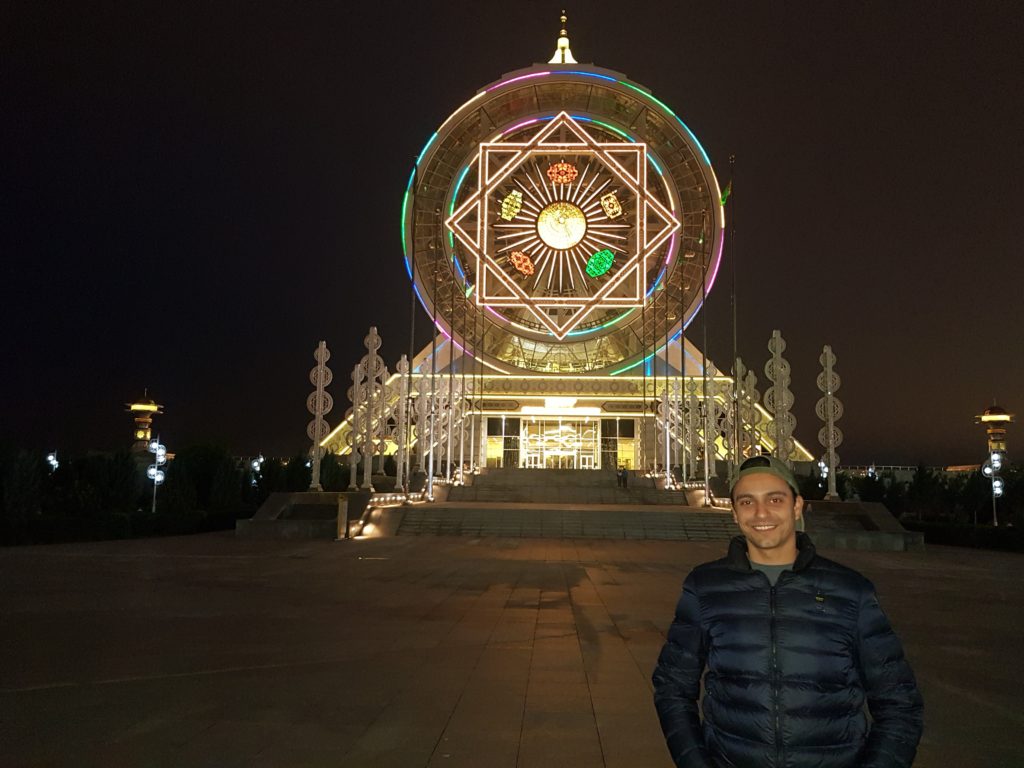
Turkmenistan was also the first real Central Asian that I visited. I was already in Iran and Afghanistan, but I would somehow still rather assign Iran to the Middle East and Afghanistan is for me a universe of its own. But there are still four Central Asian countries left: Kazakhstan, Kyrgyzstan, Uzbekistan and Tajikistan. This part of the world is no longer an insider tip, but fortunately it was not hit by mass tourism yet. For me this region is unique in the world. Here different cultures, religions and ethnic groups meet in a place rich in history and beautiful landscapes. Time seems to have stood still here. Sometimes not only in the 80s or 90s, but centuries before.
I remember that about four years ago someone asked me which part of the world was the least attractive to me as a travel destination. I said Central Asia then. The pictures of Kazakhstan, Tajikistan etc. looked ugly to me in the first place. Today I see it completely differently. I would name Central Asia today as one of the regions I look forward to the most. If you, dear reader, are a passionate Bali tourist in your late 20s today, then there is still hope for you. 😉 Matt and I have already said that we want to travel to the remaining Stan countries by 2020. Turkmenistan was just too good a trip.
Are you interested in a Turkmenistan trip? In this article I answer all questions that are relevant for a trip to this spectacular country.
Find the travel reports of the other countries I’ve visited here!
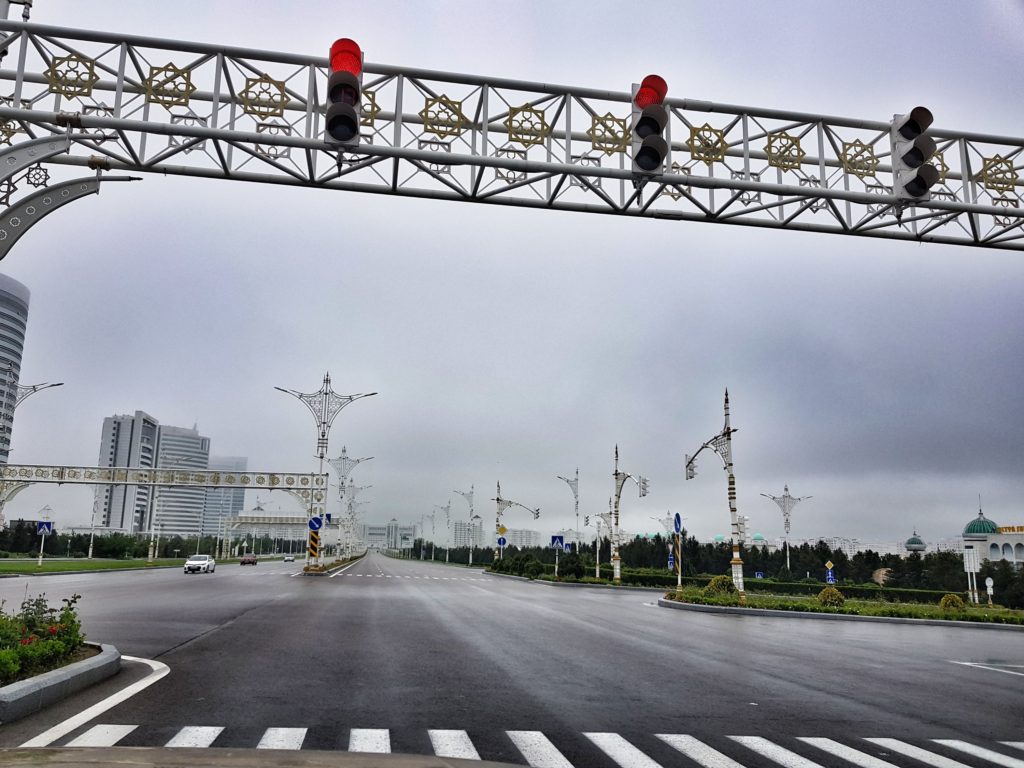
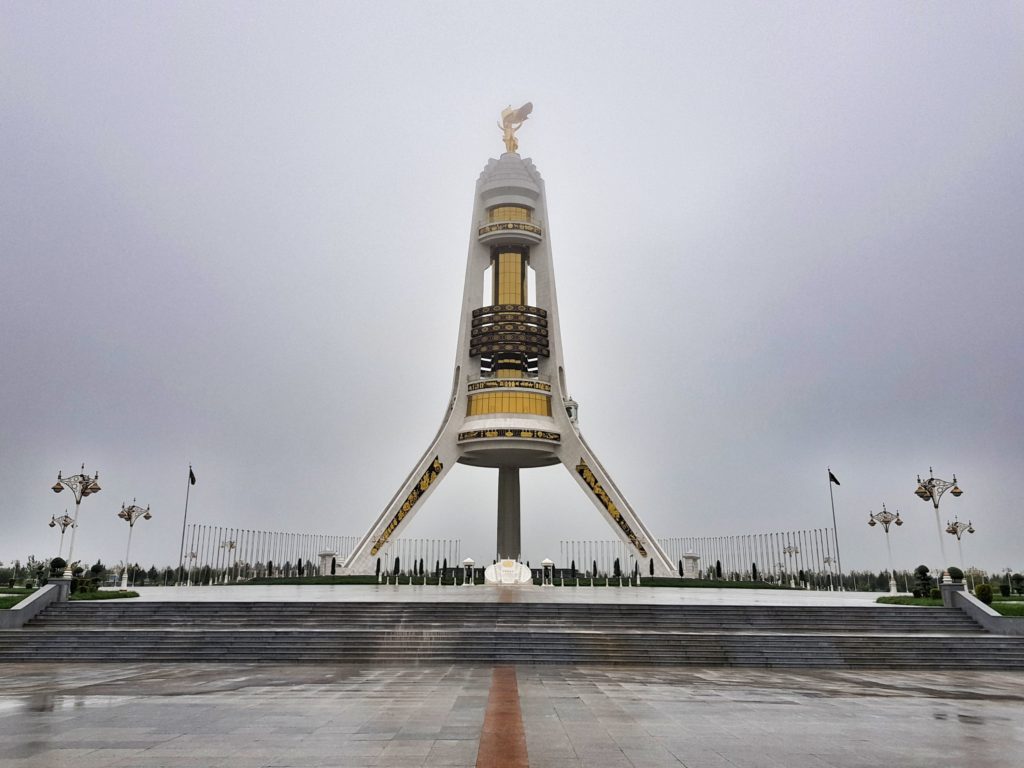
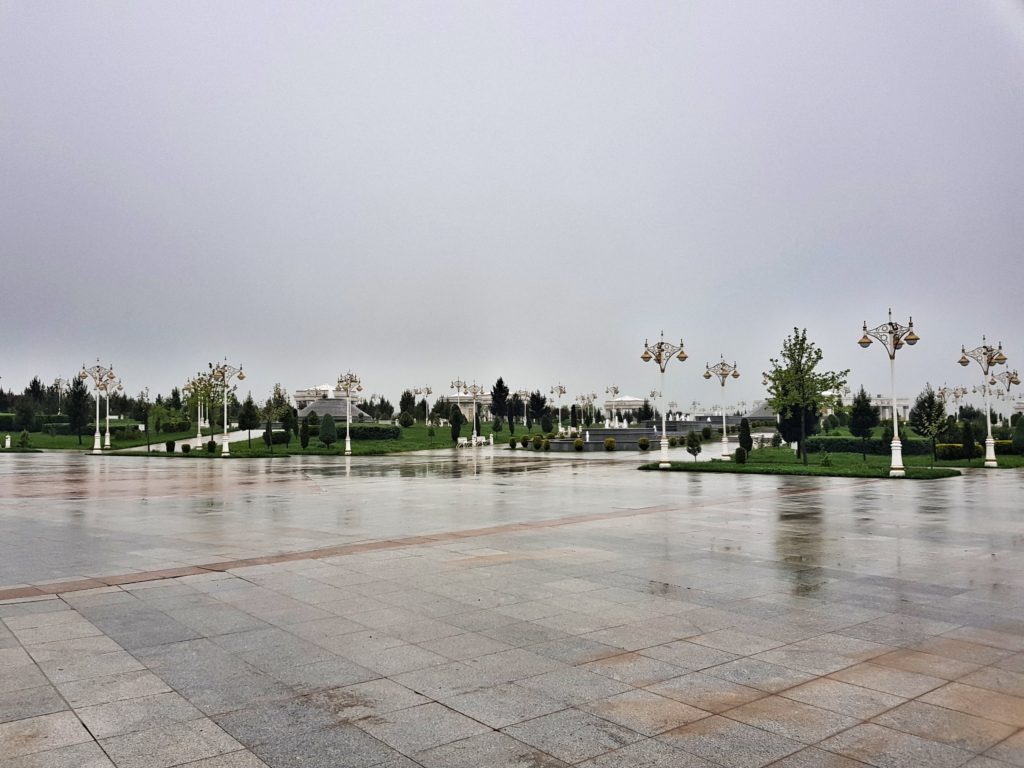
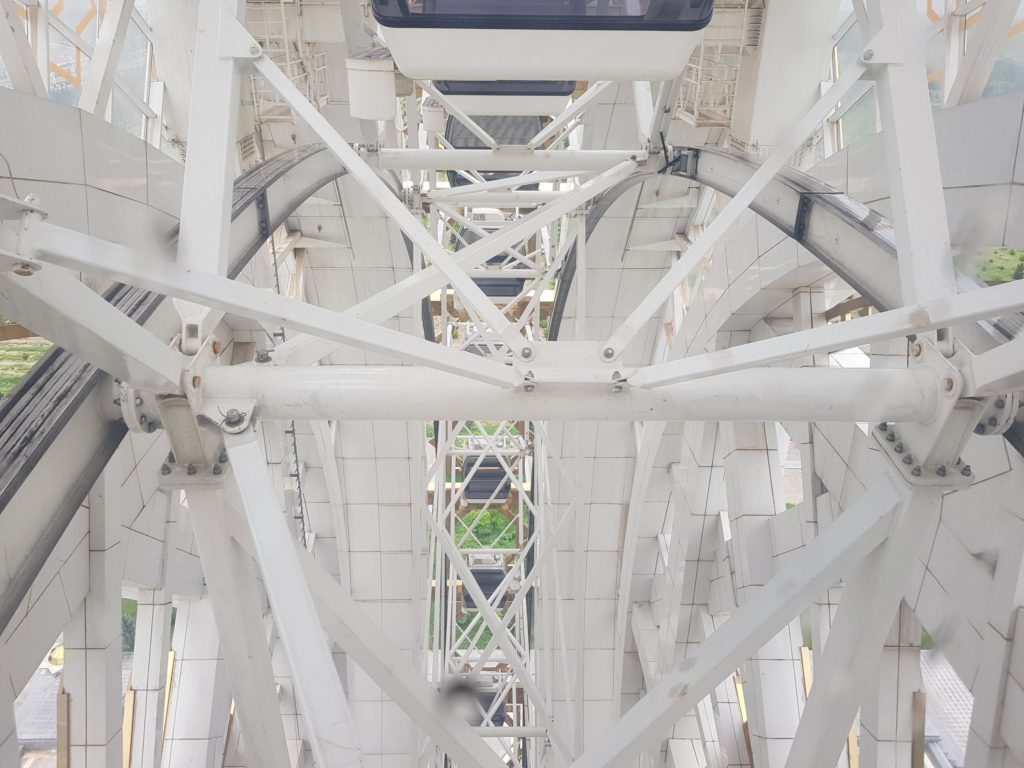
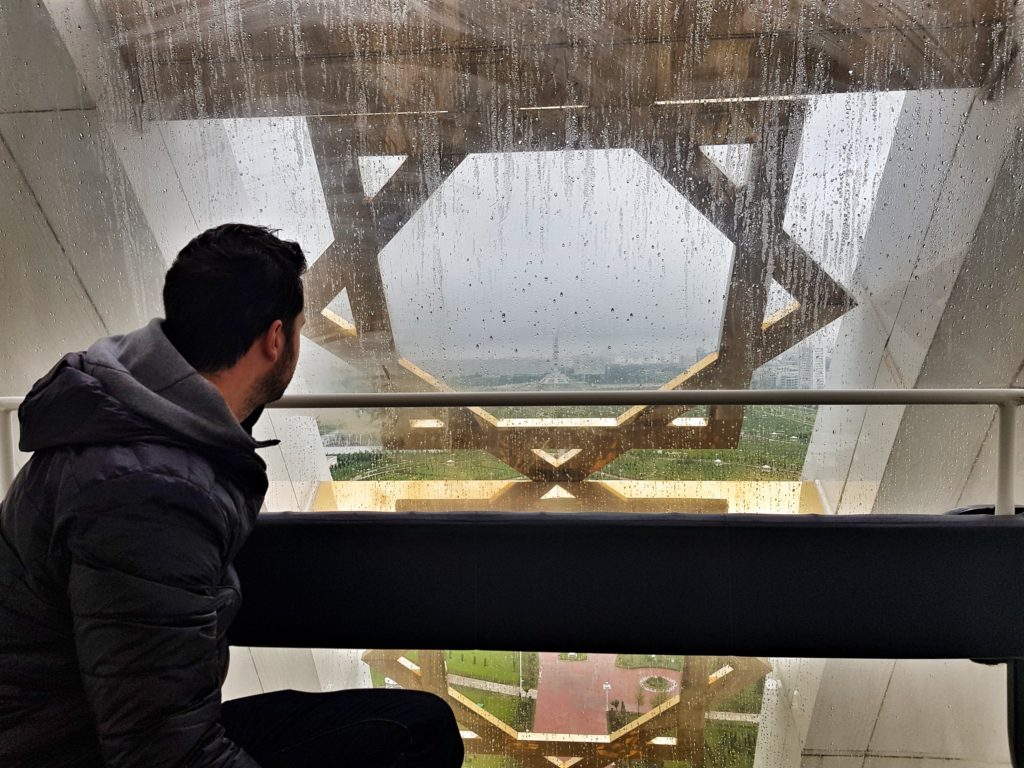
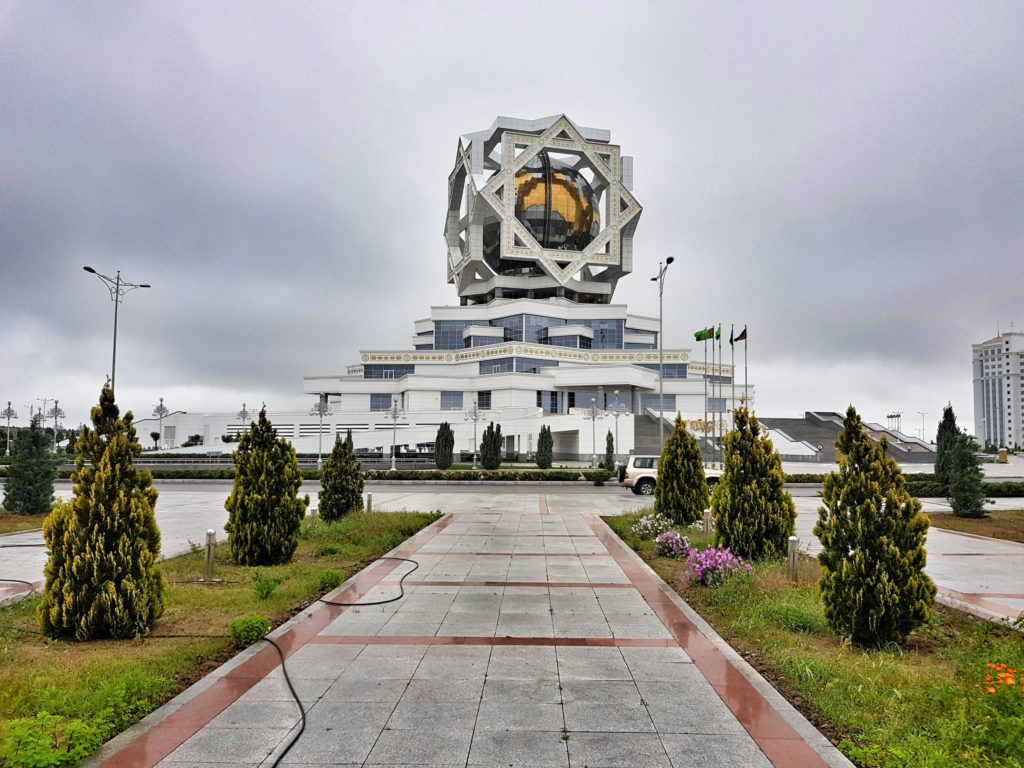
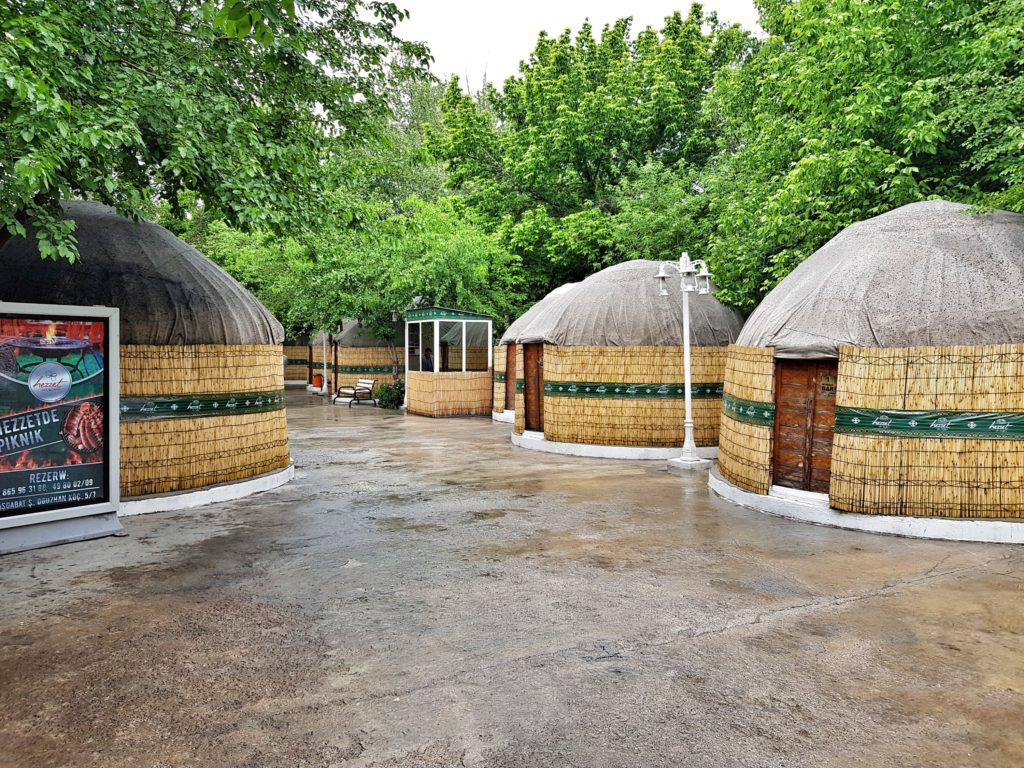
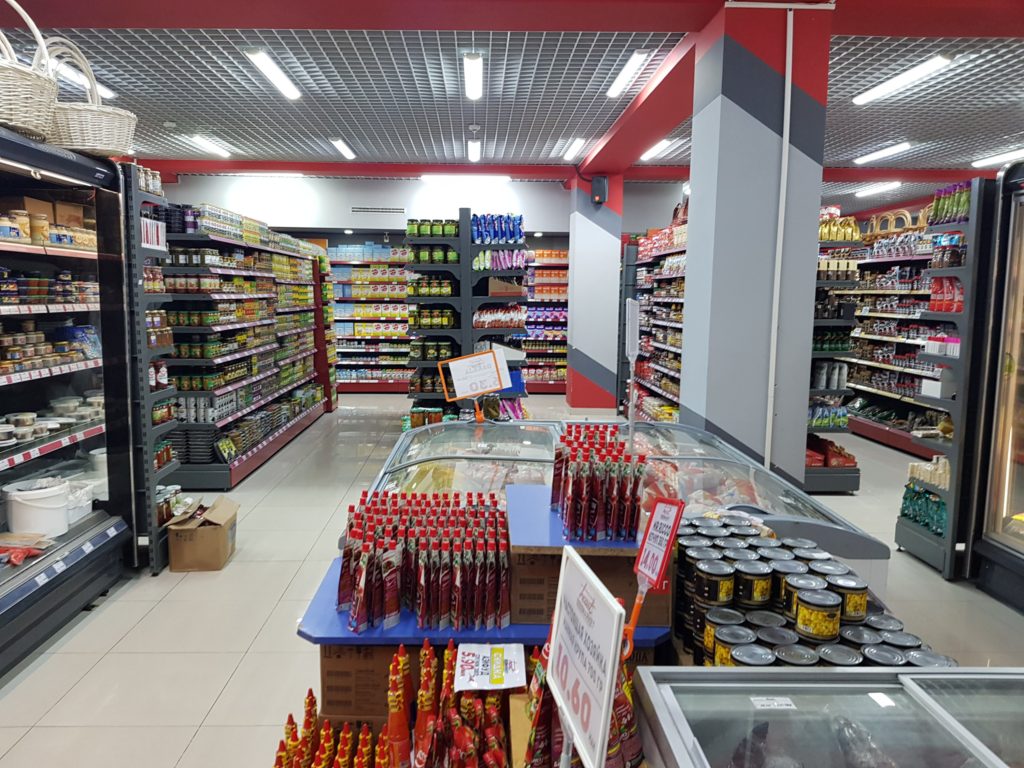
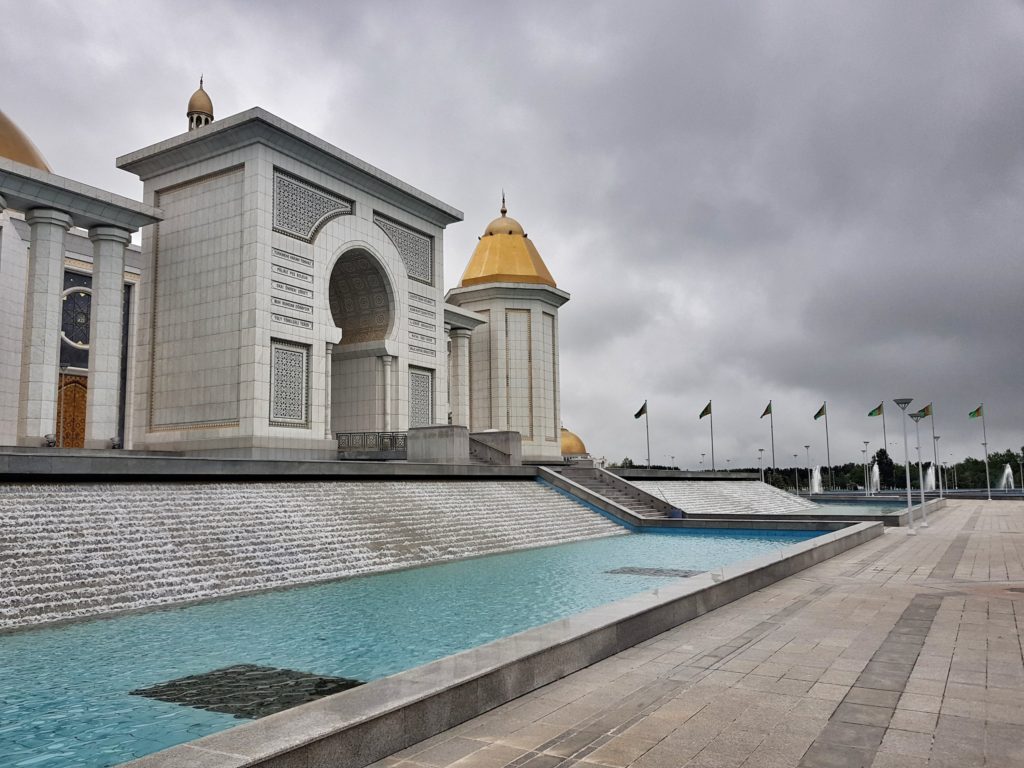
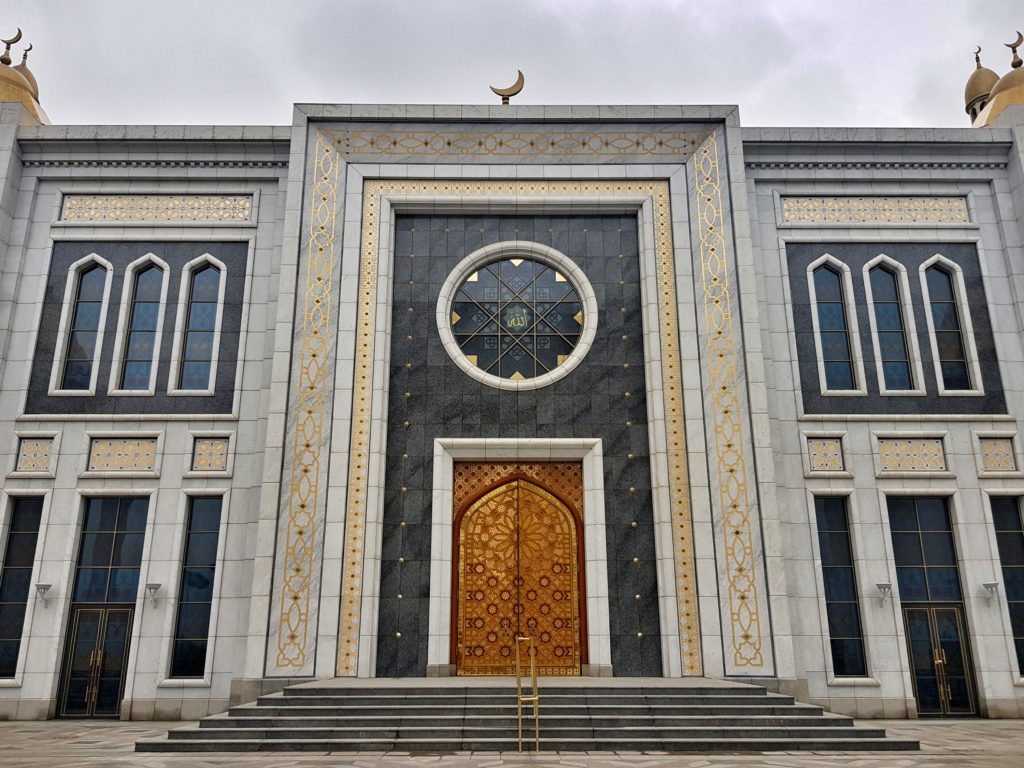
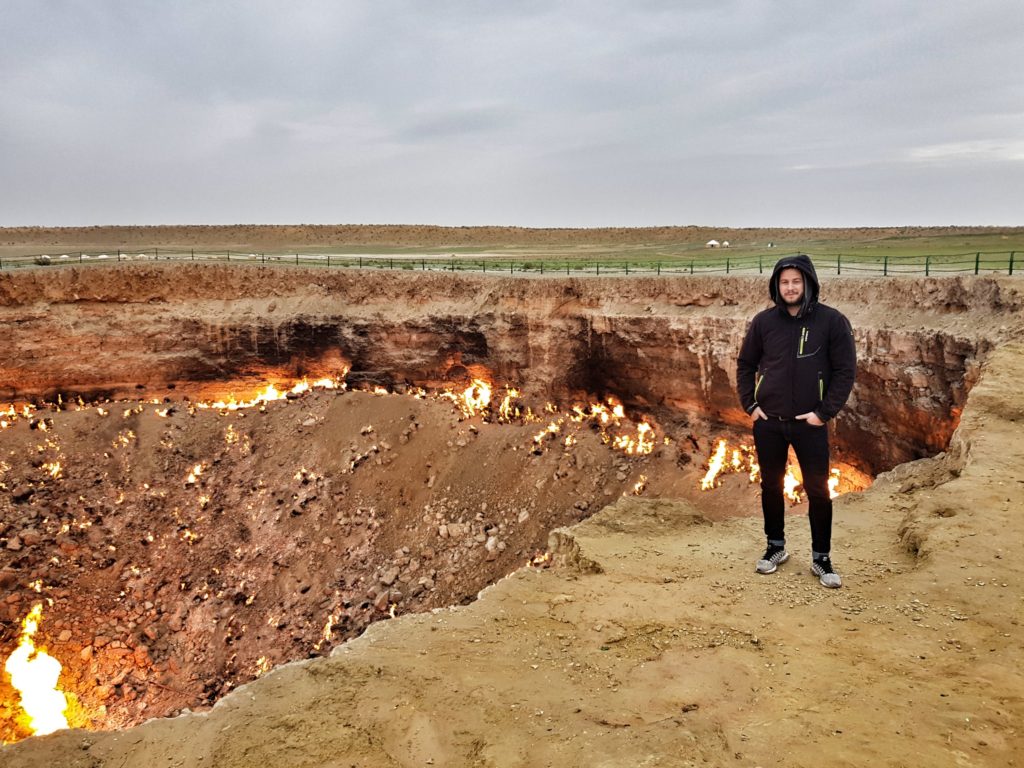
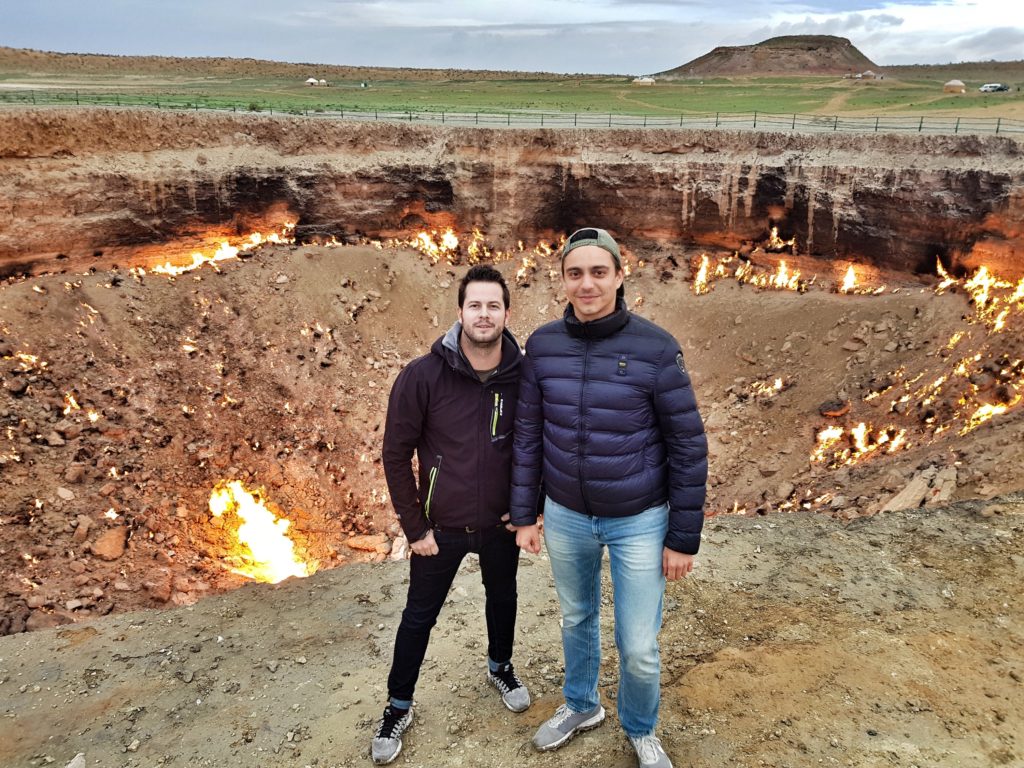
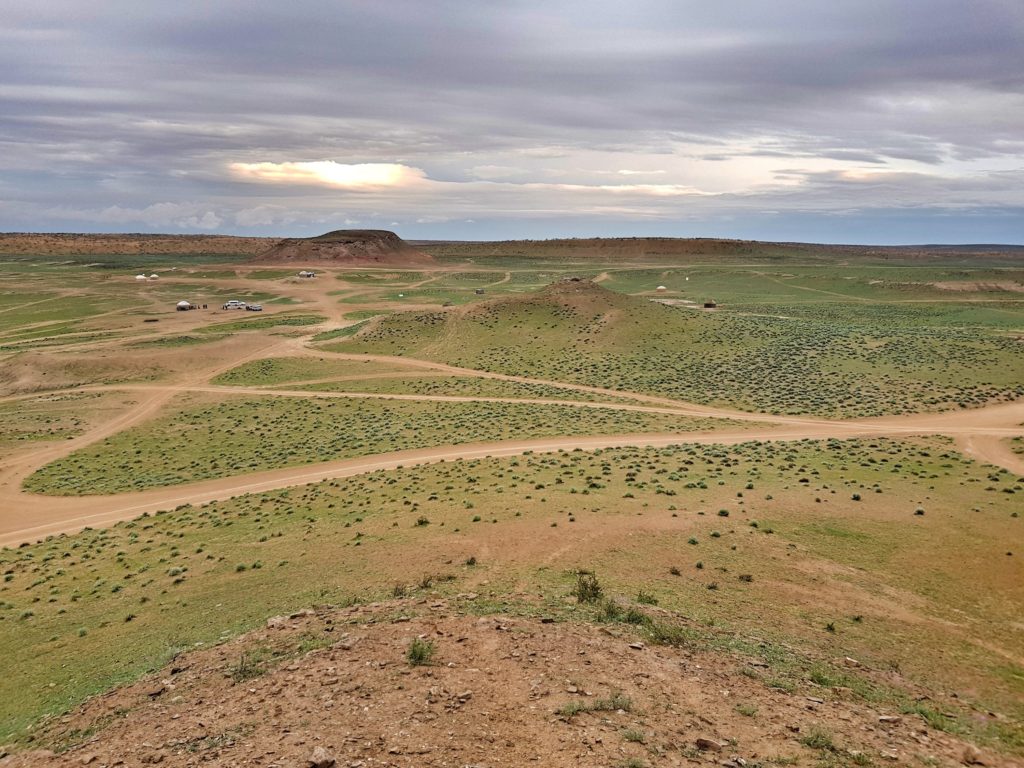
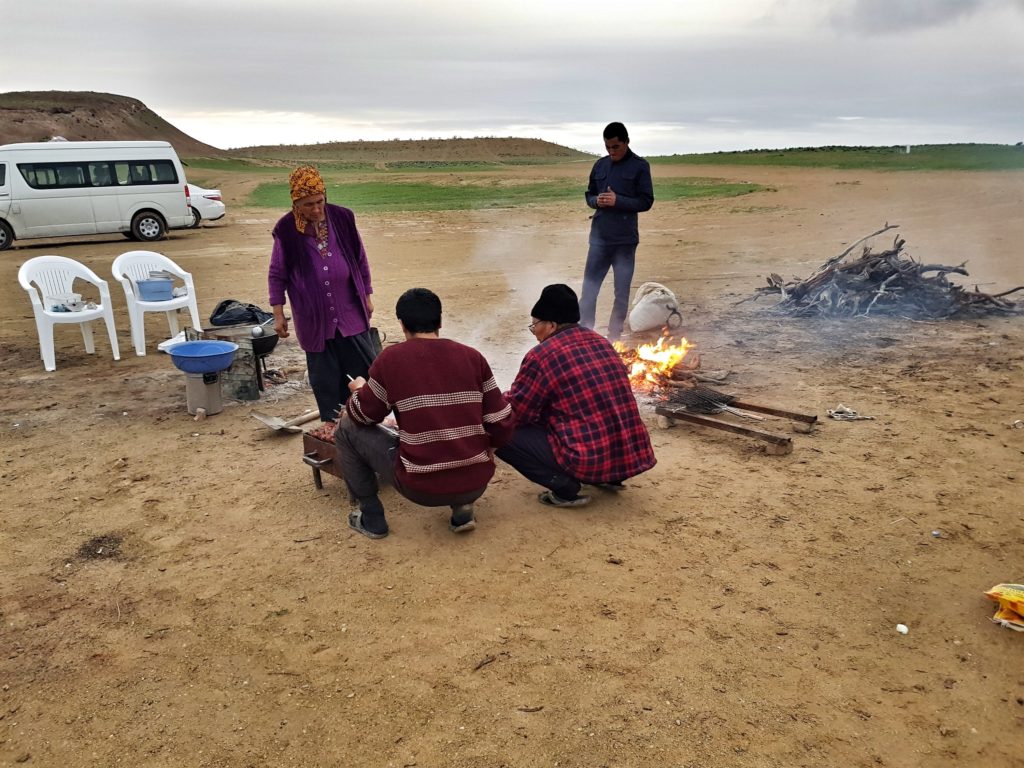
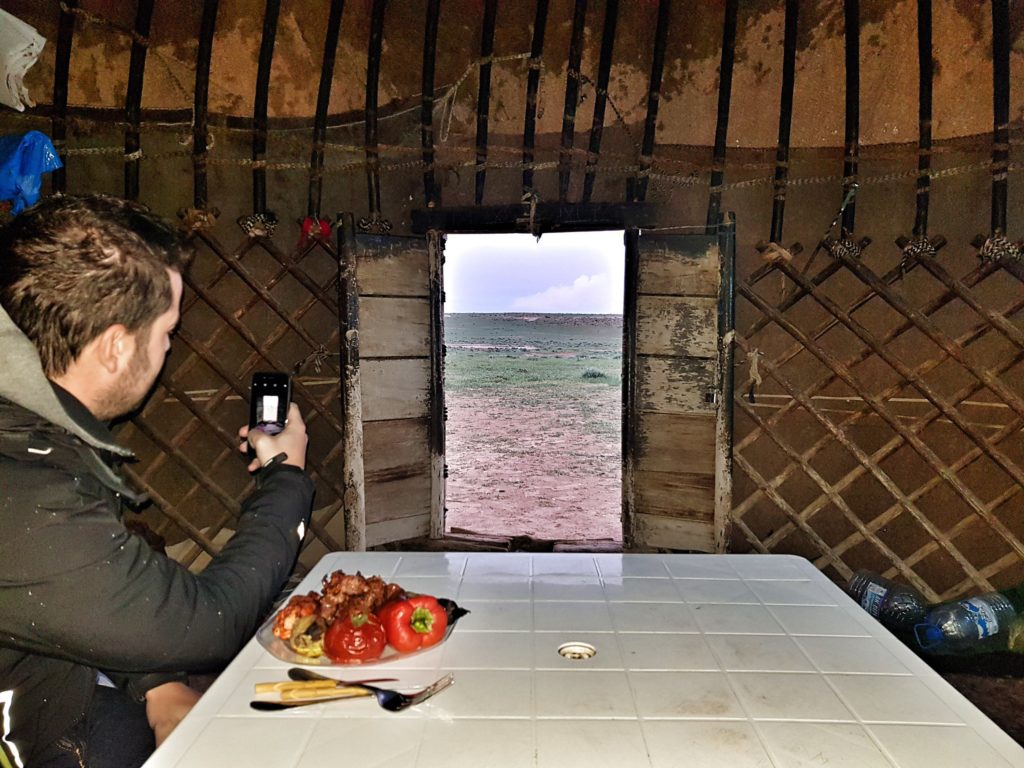
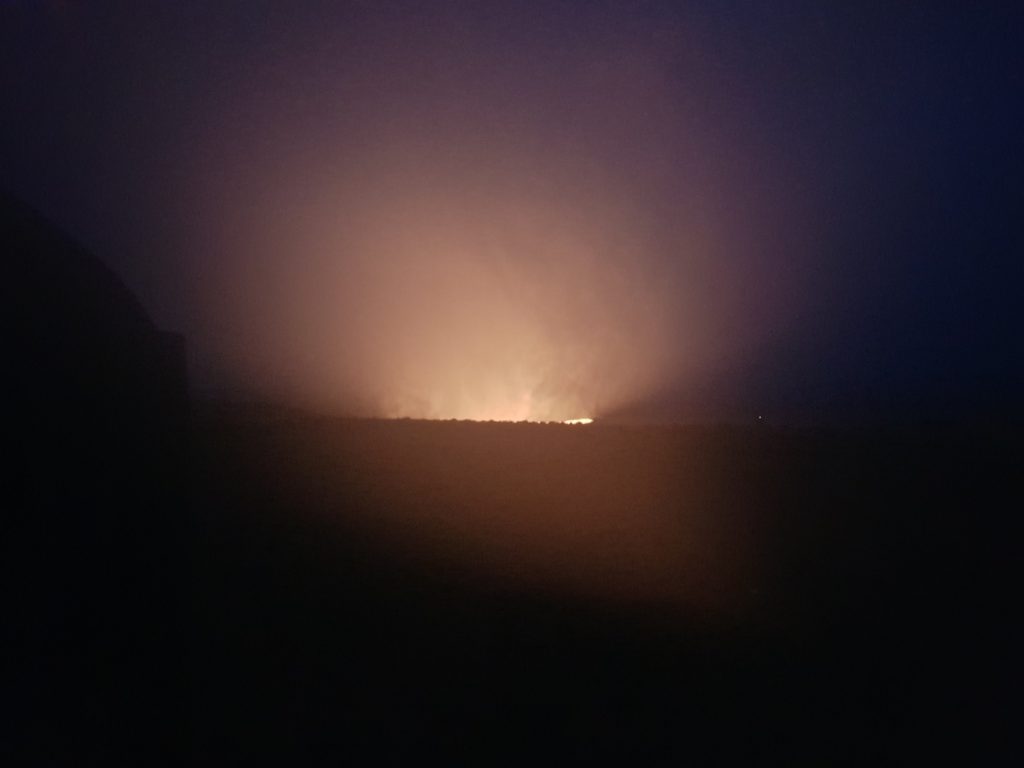
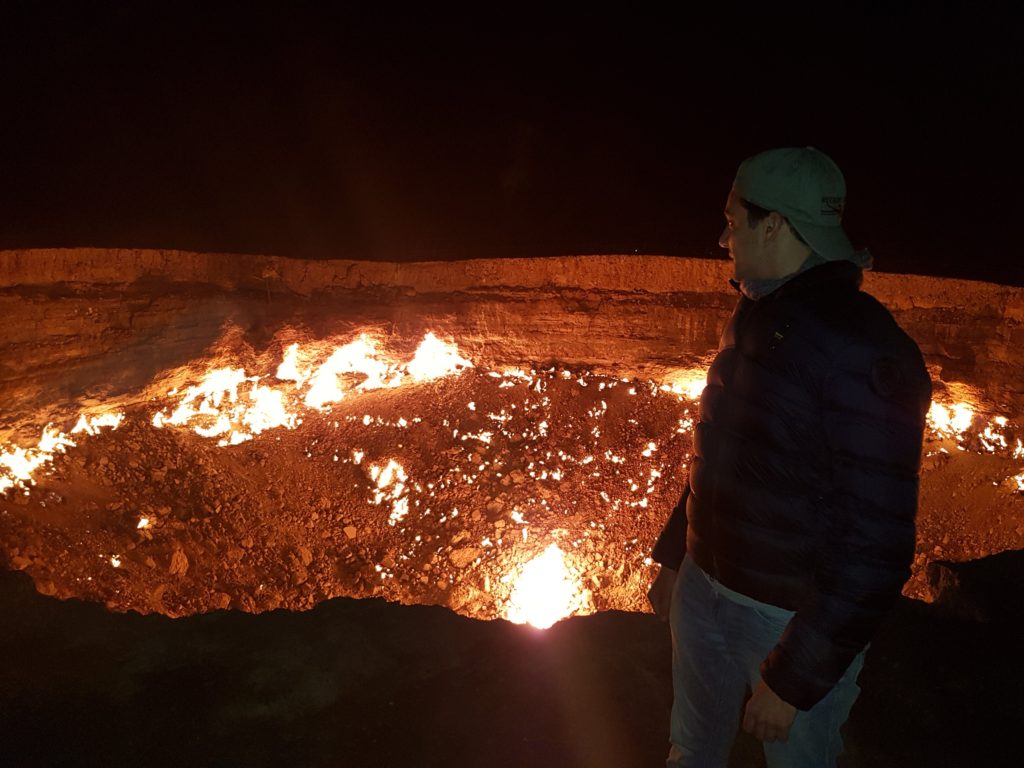
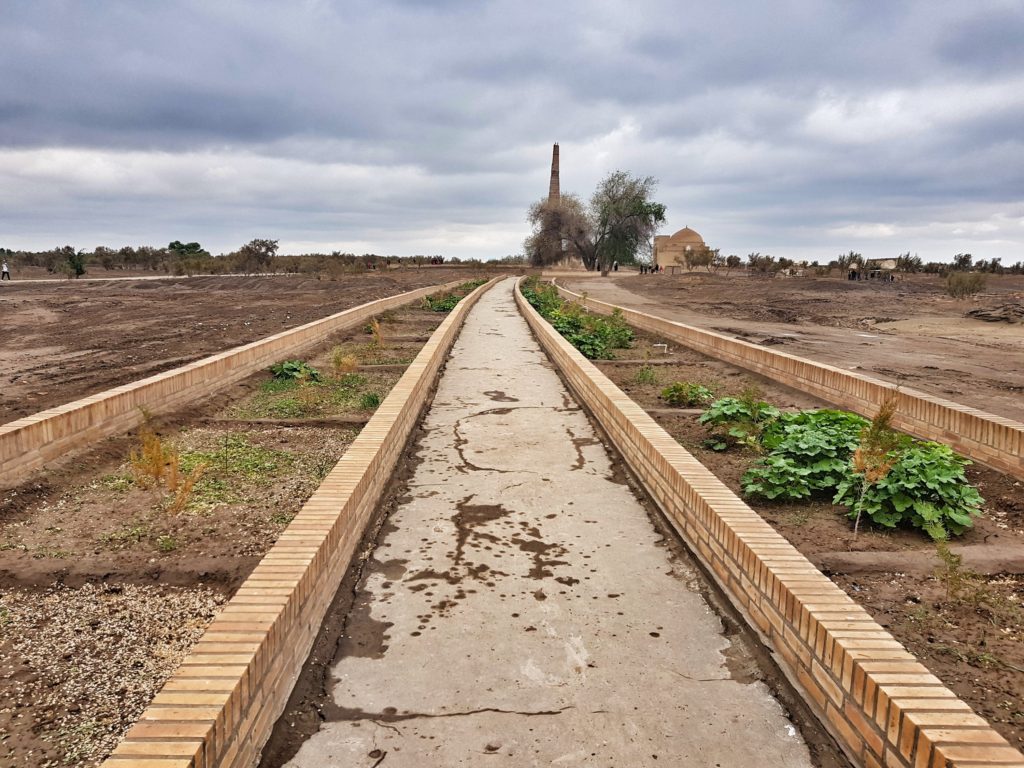
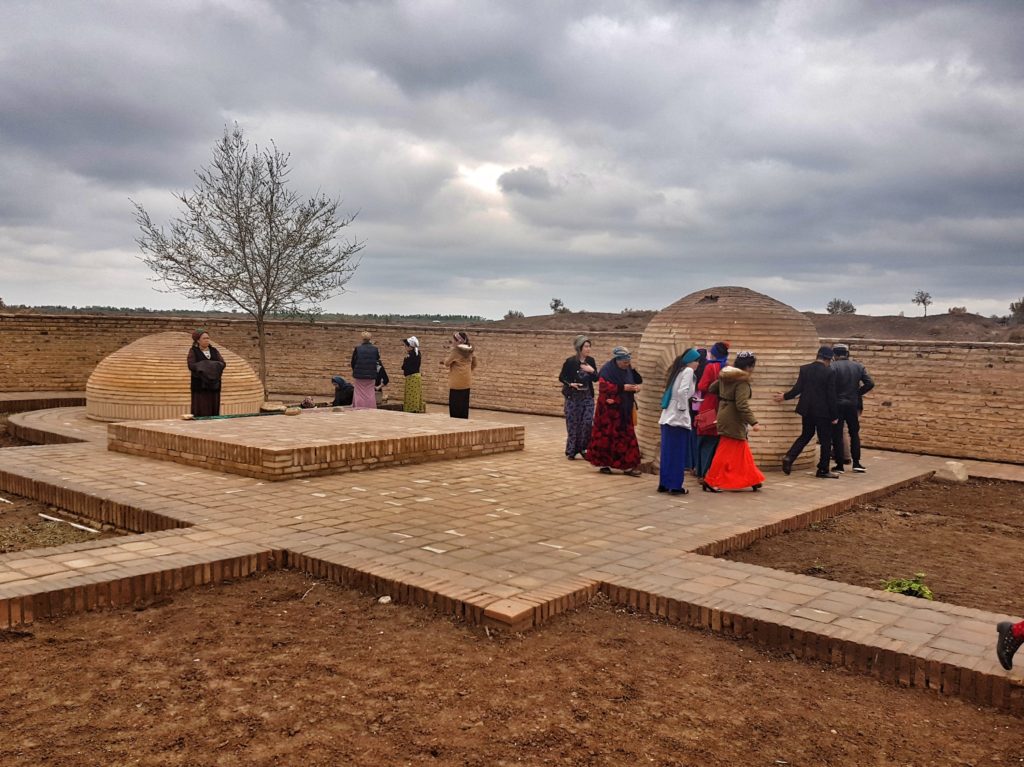
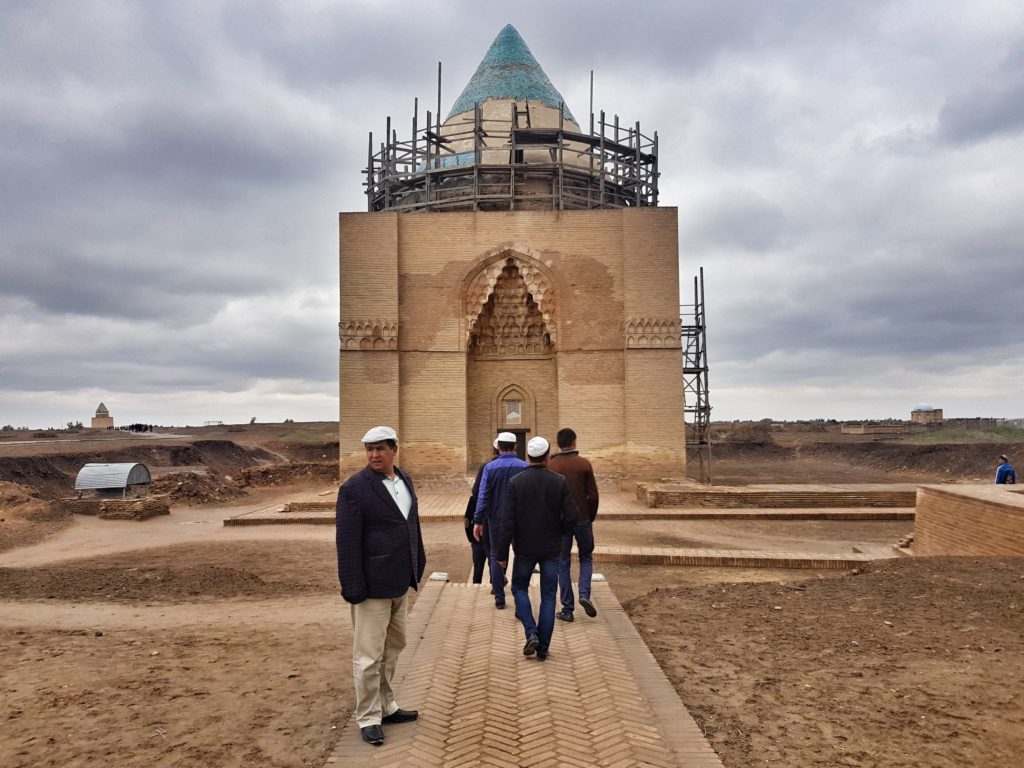
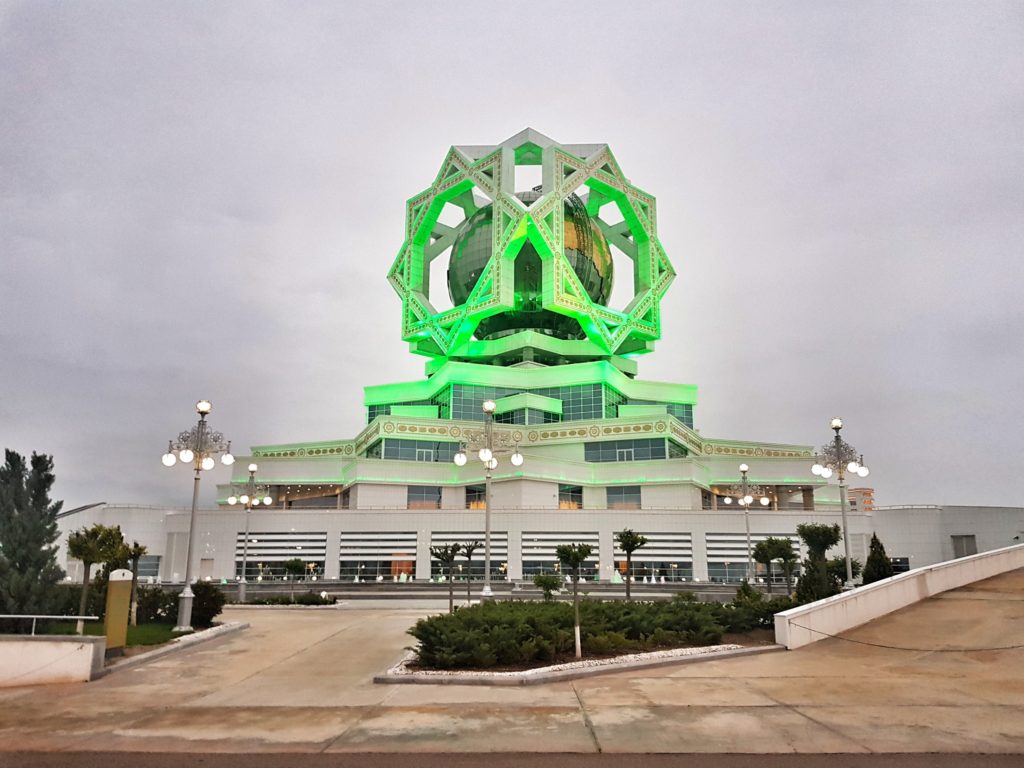
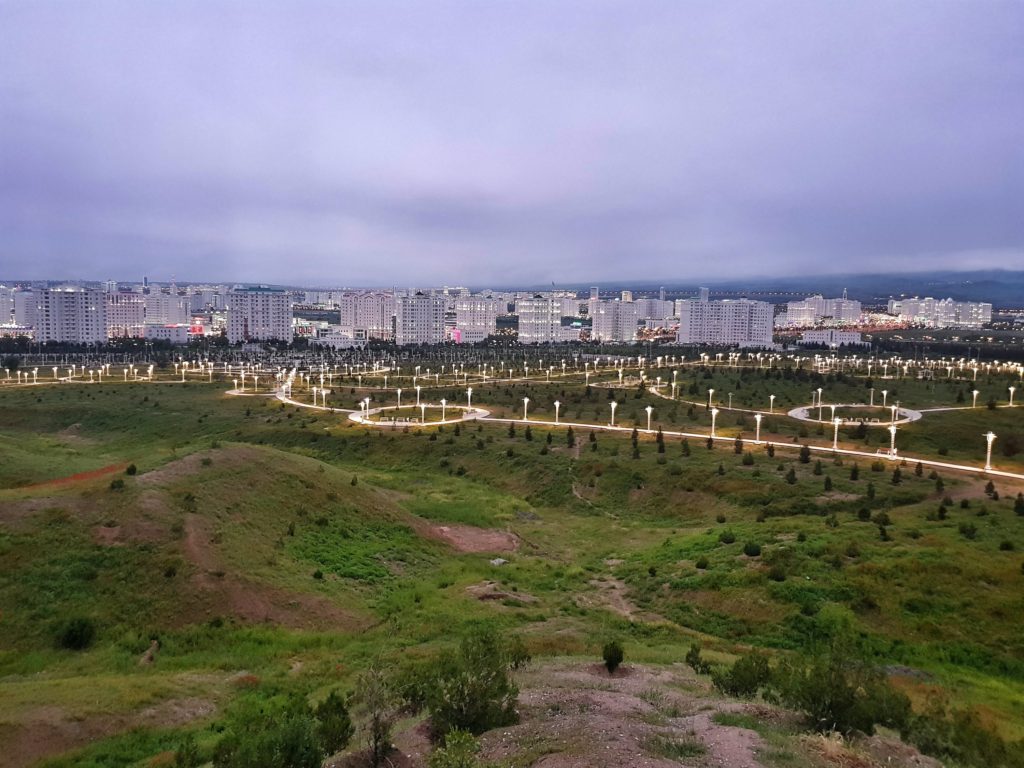
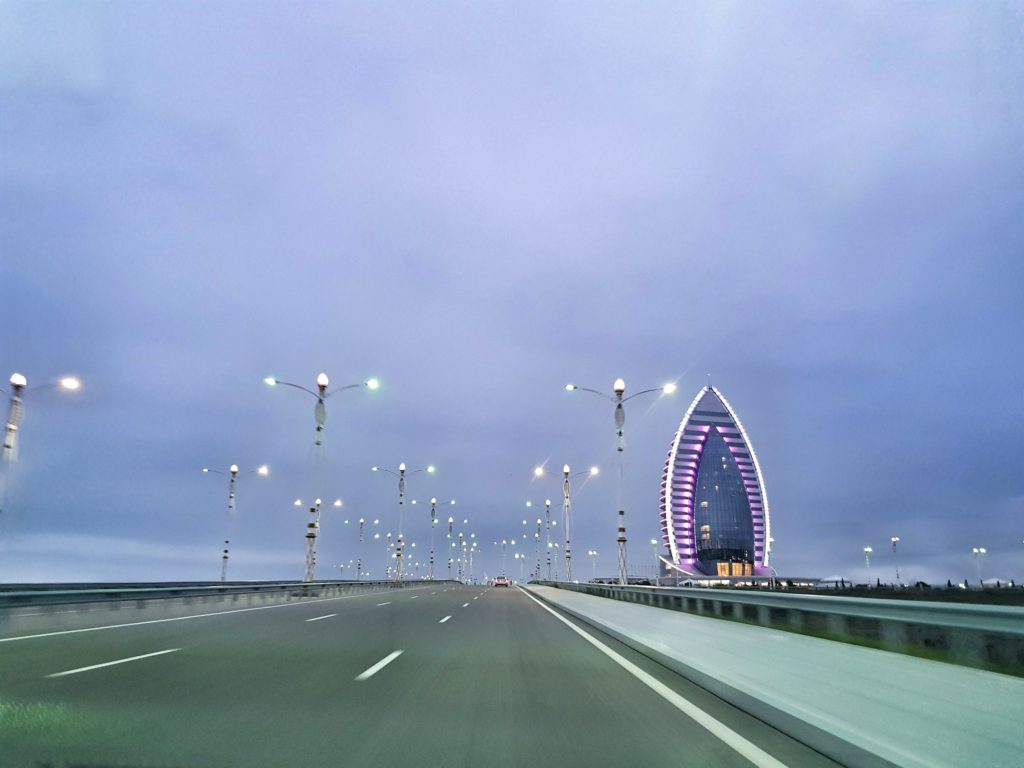
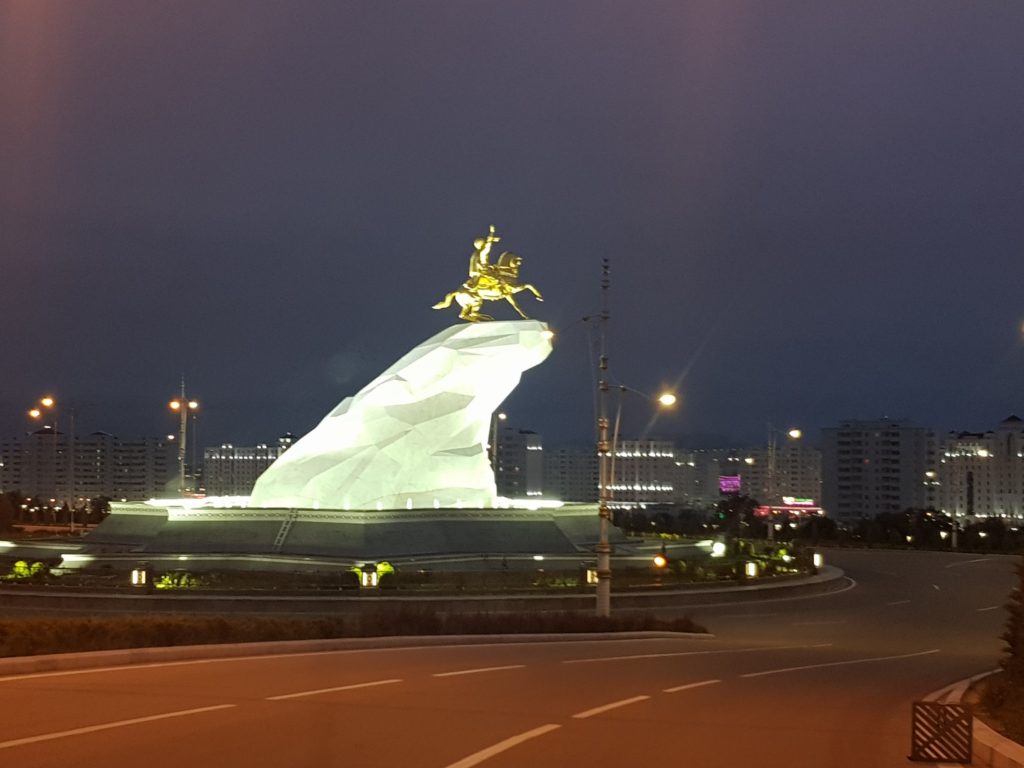
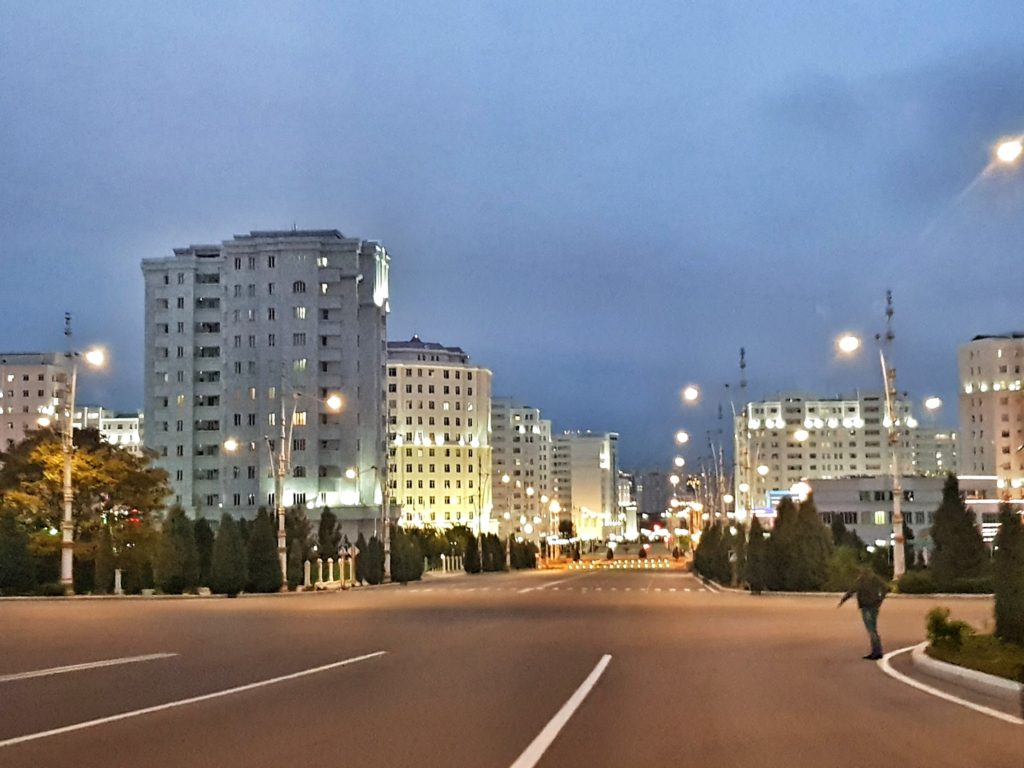
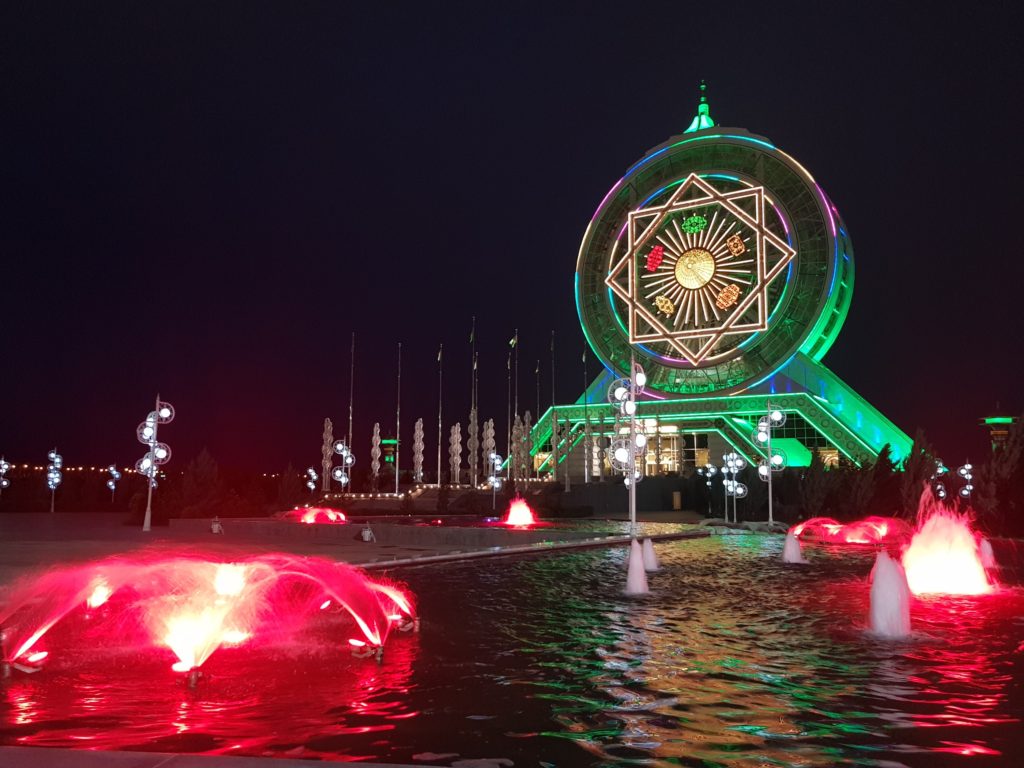
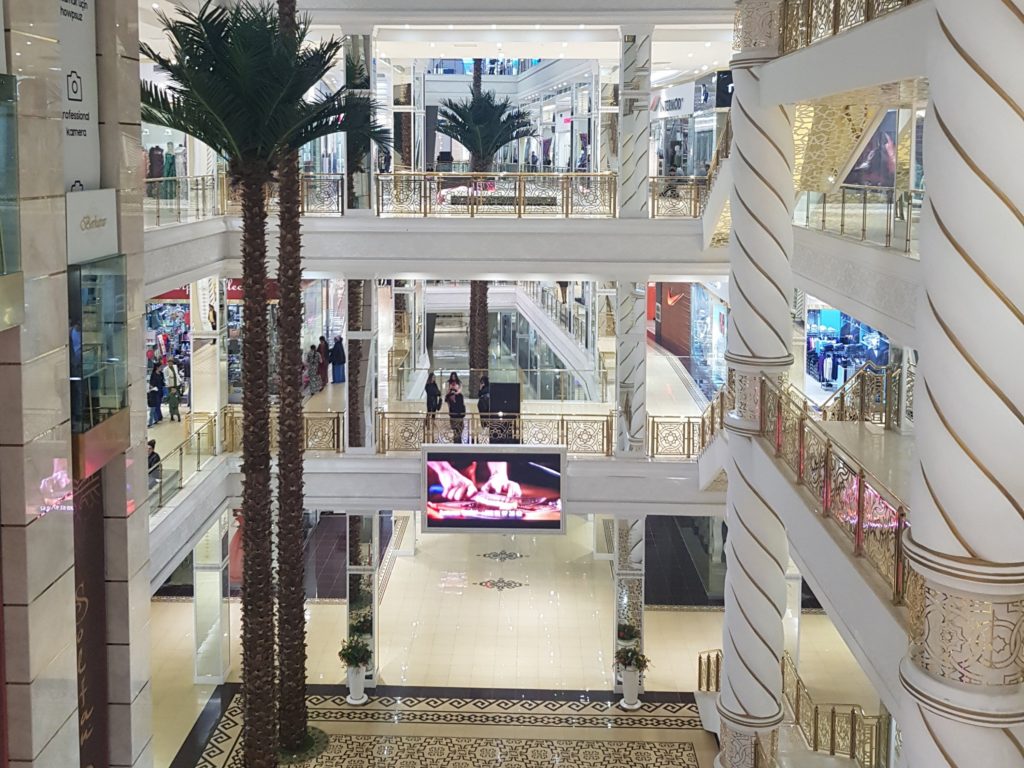
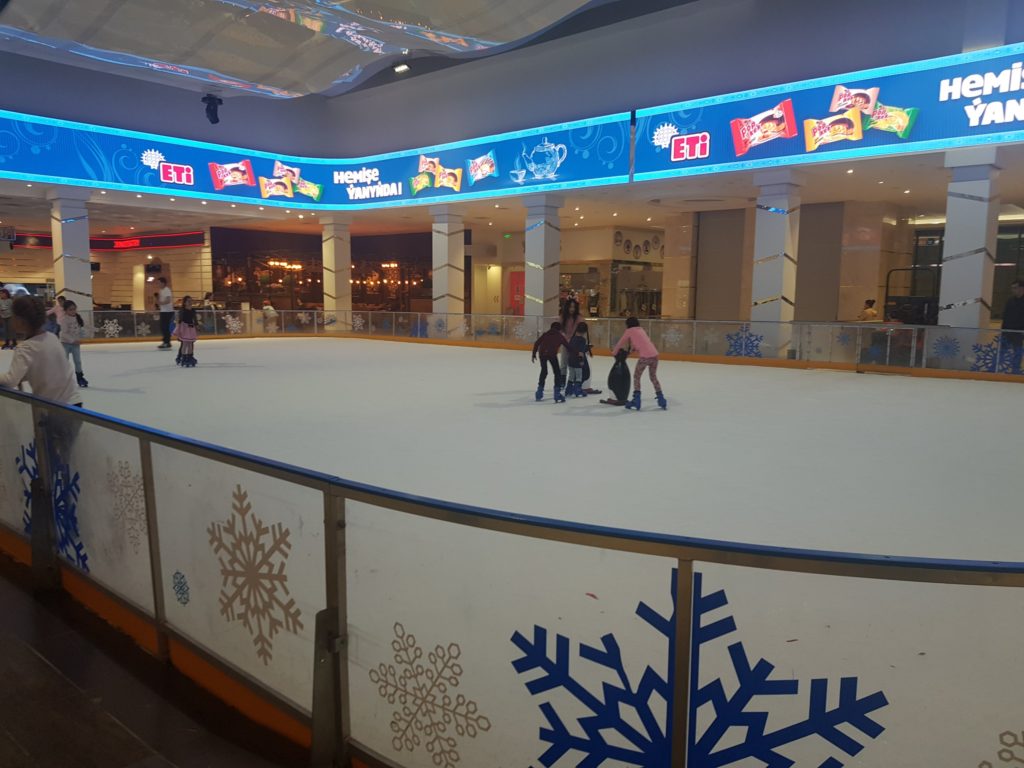
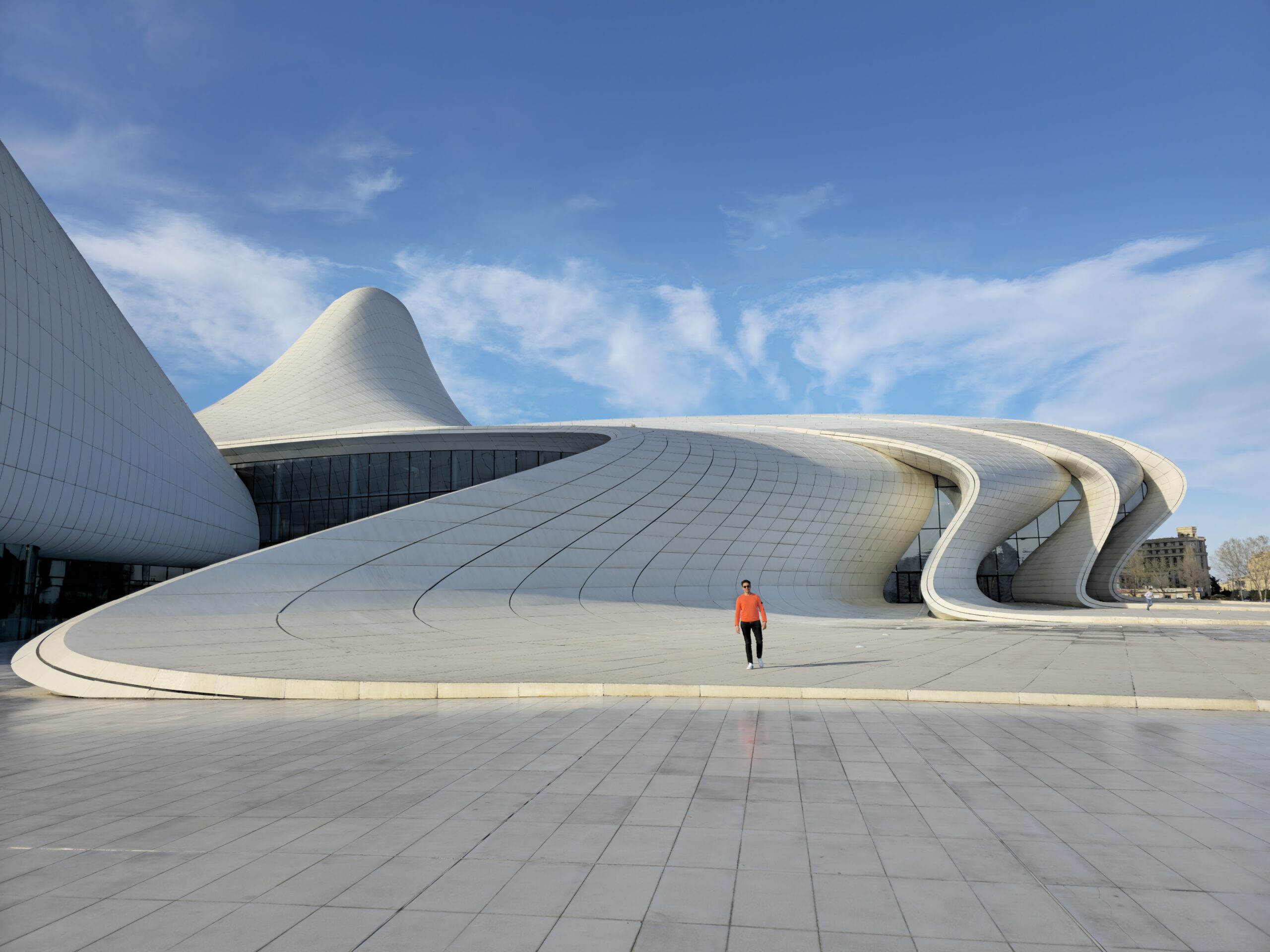
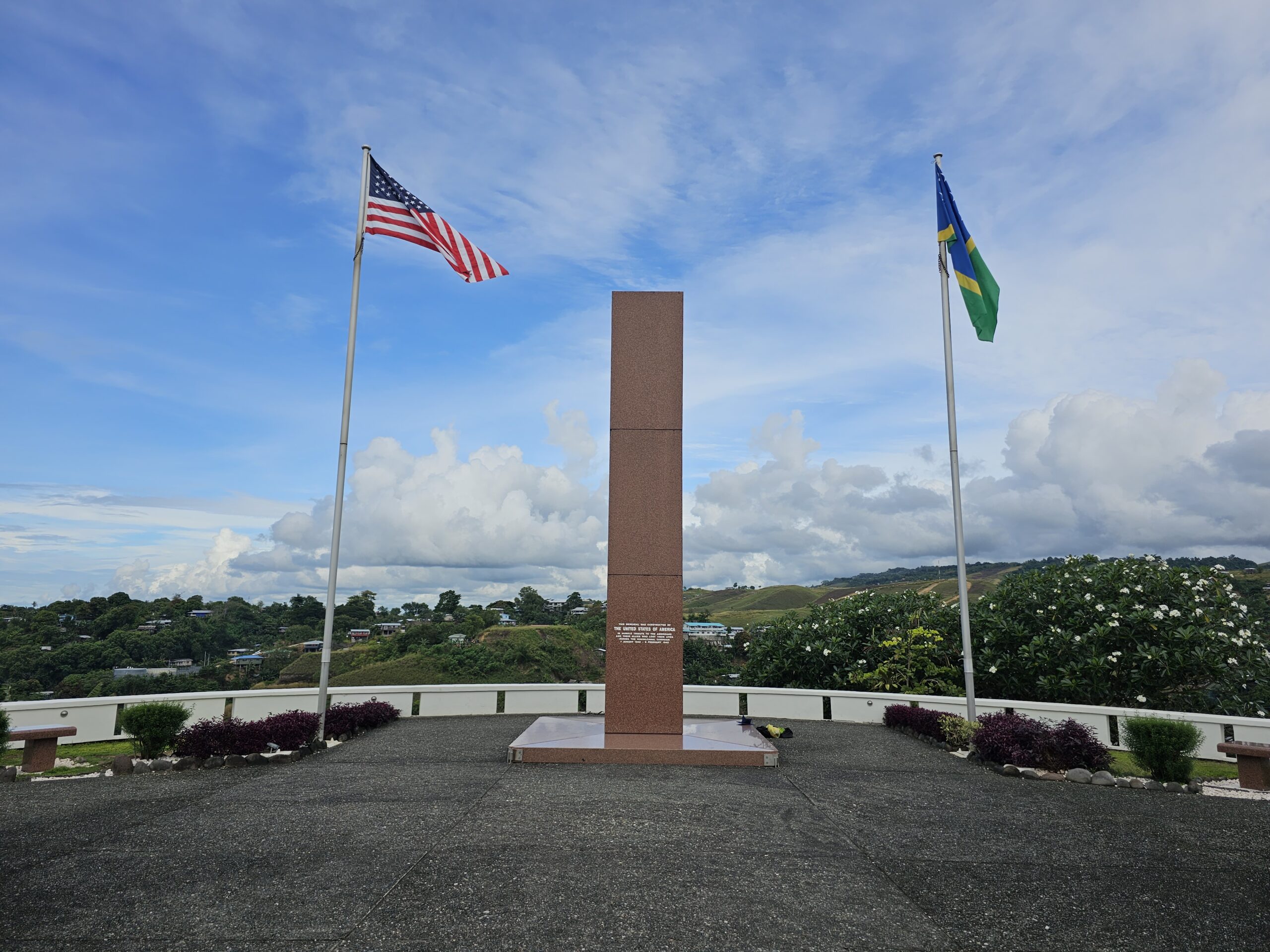
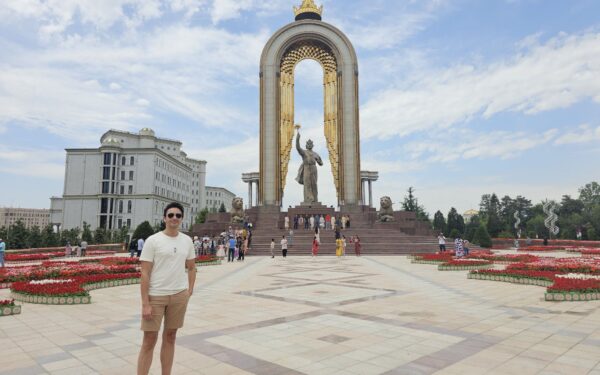
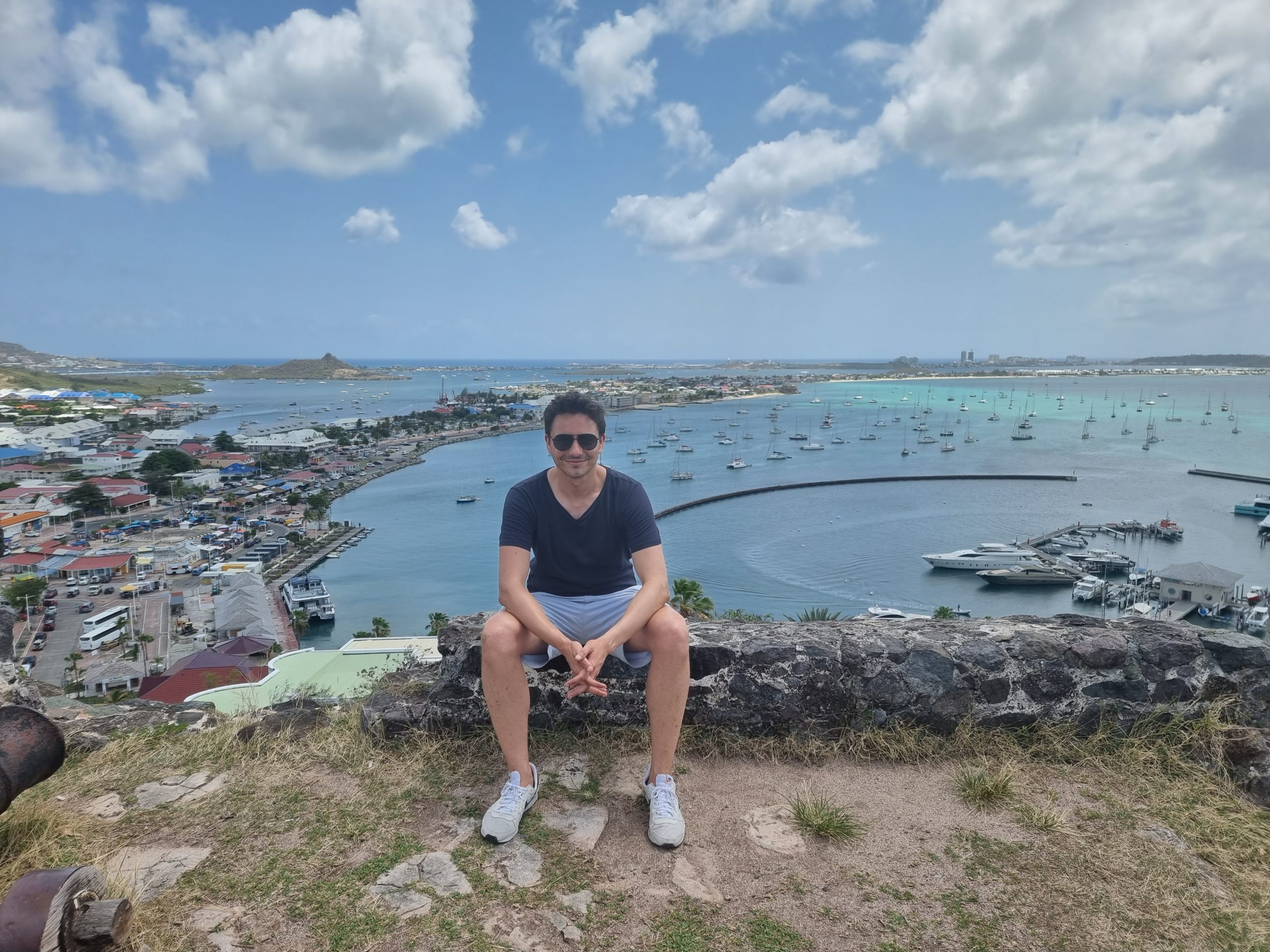
well written once again! i do enjoy your travel reports a lot…
Thanks a lot, Lukas. I’m glad you liked it. 🙂